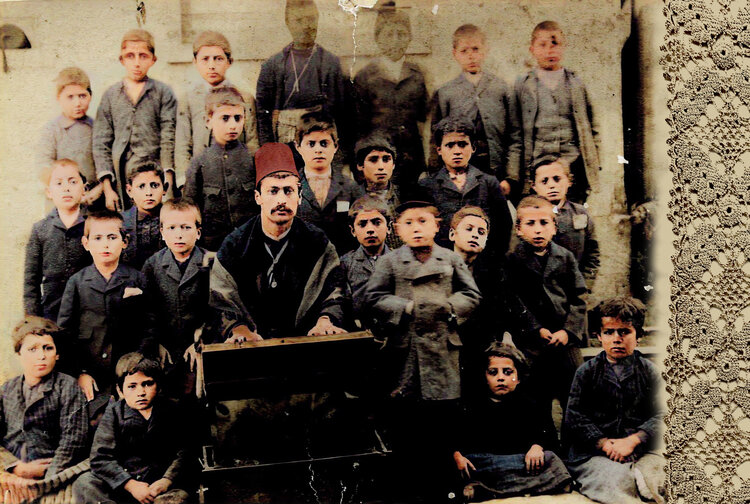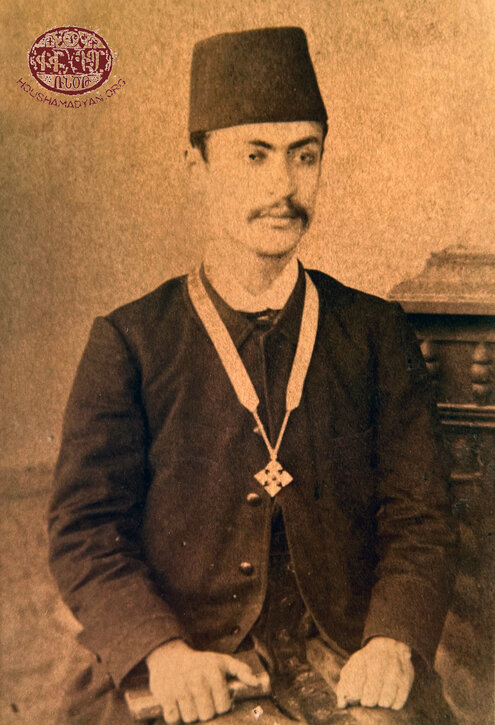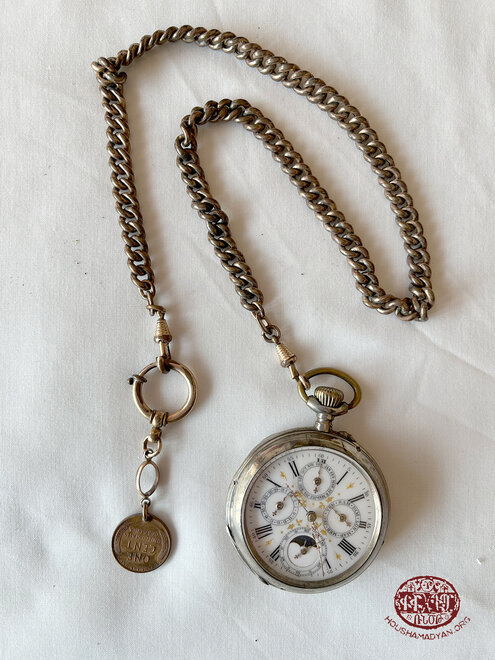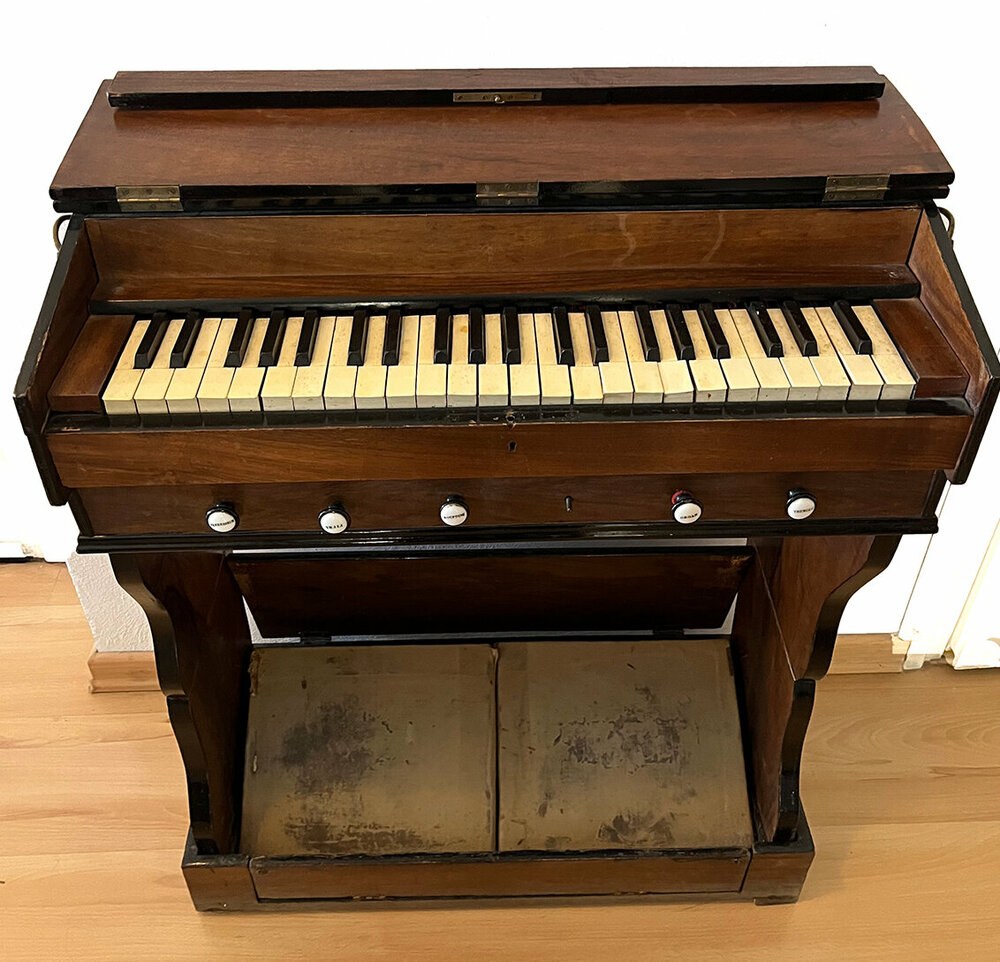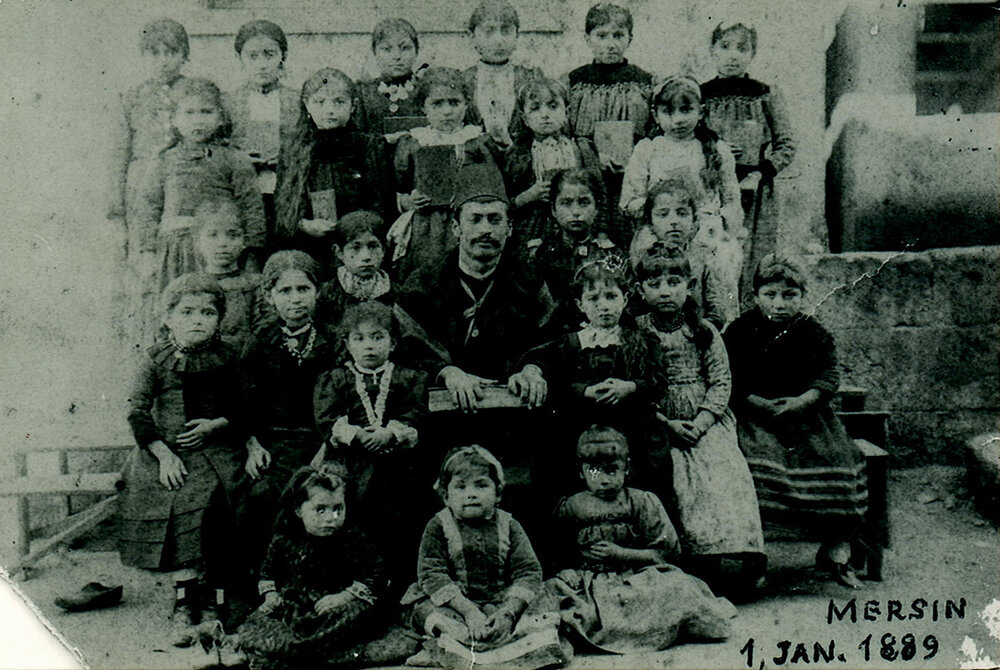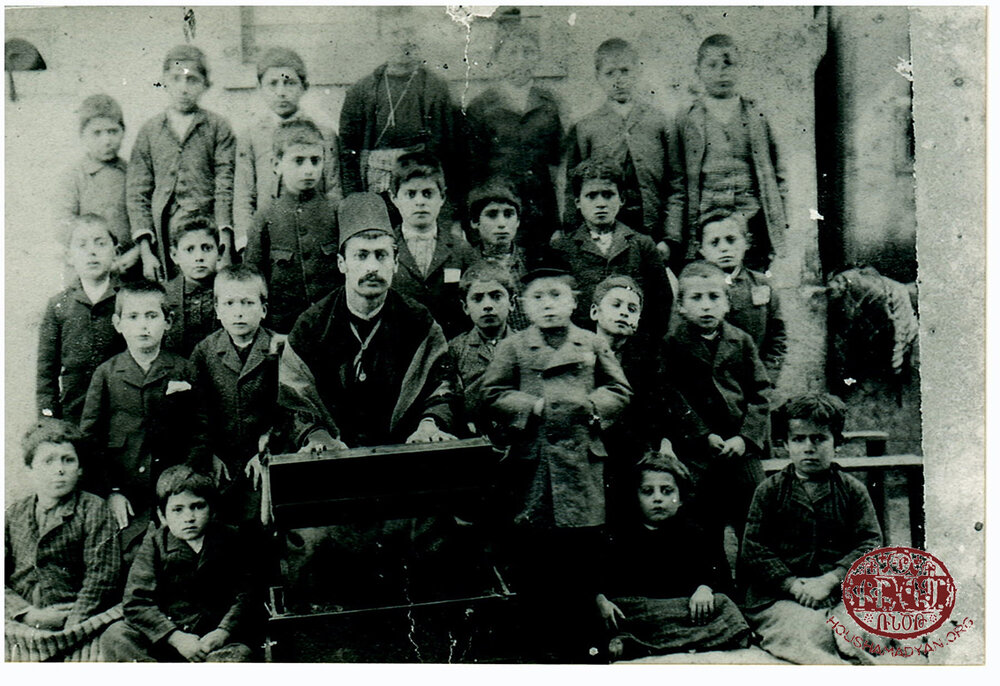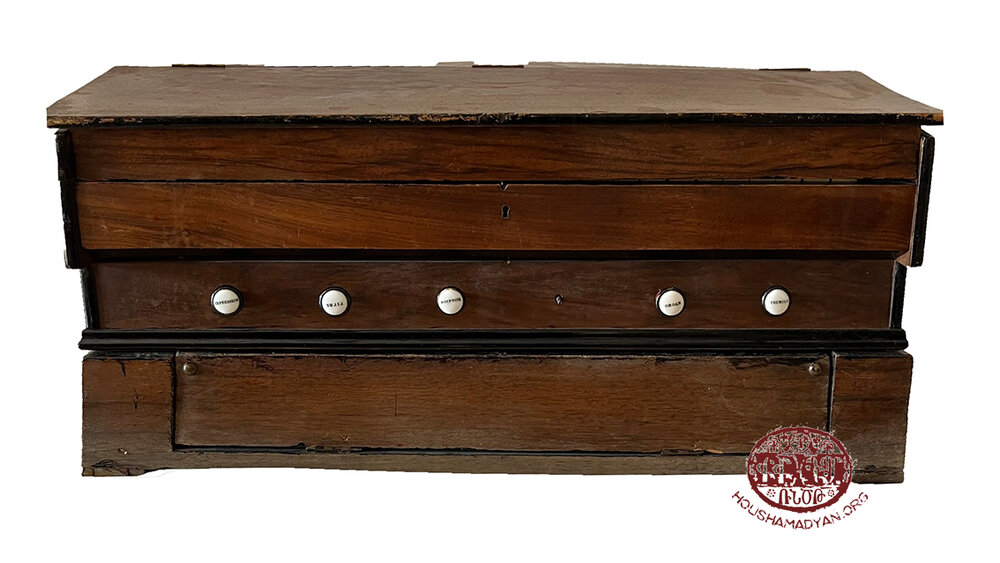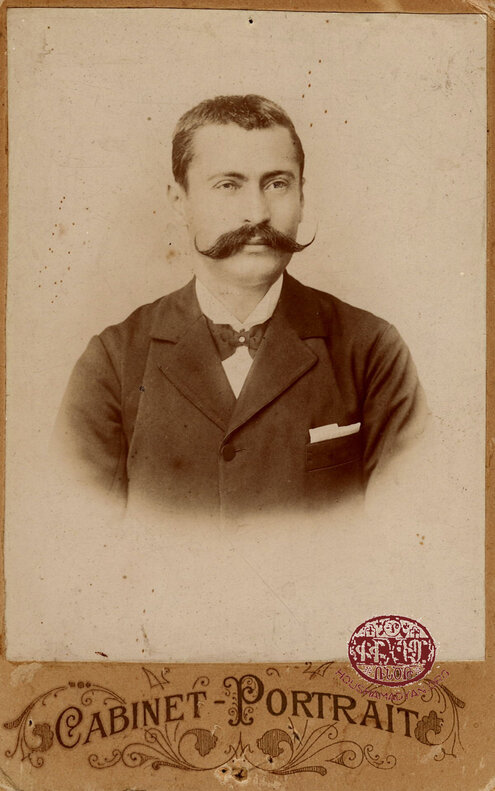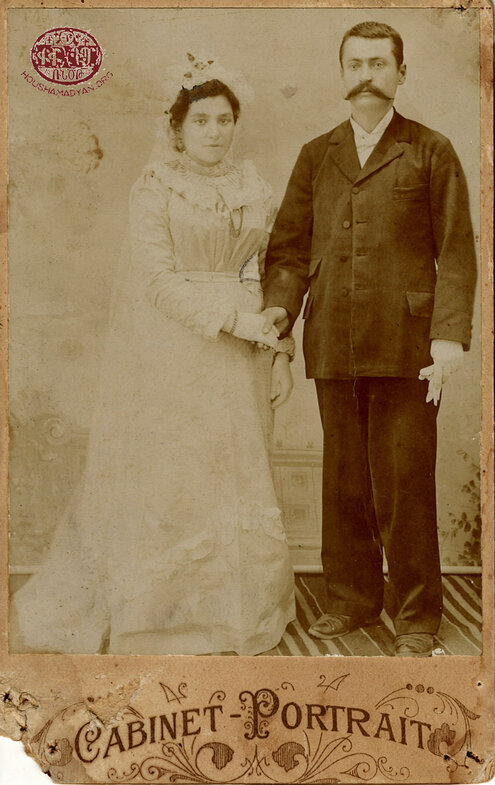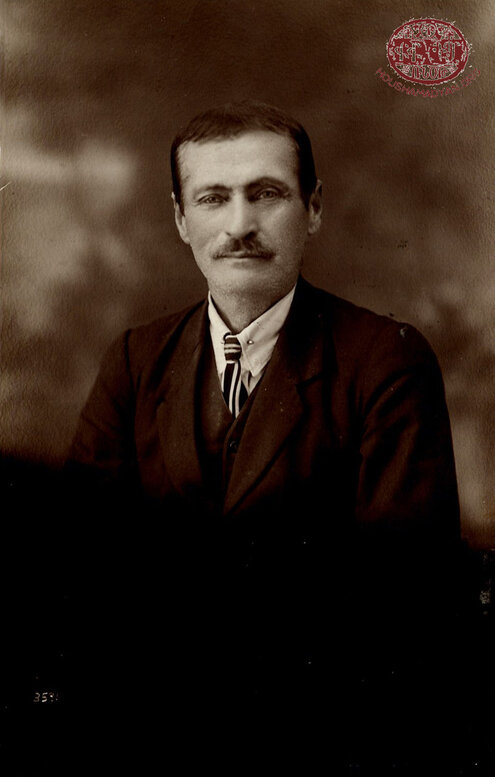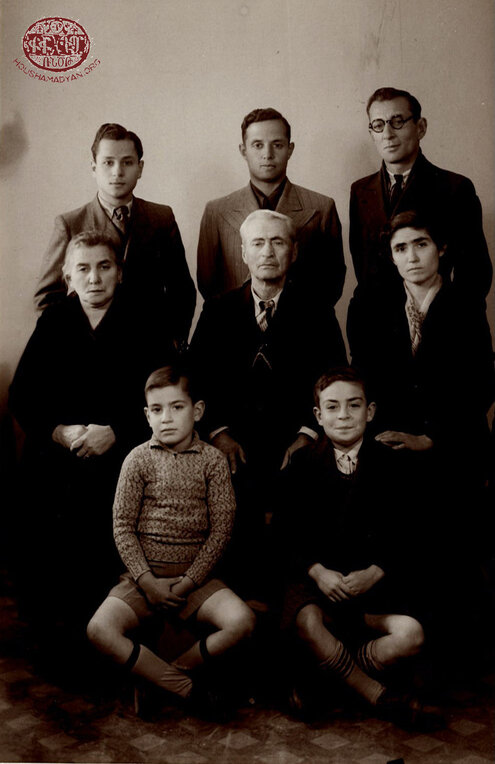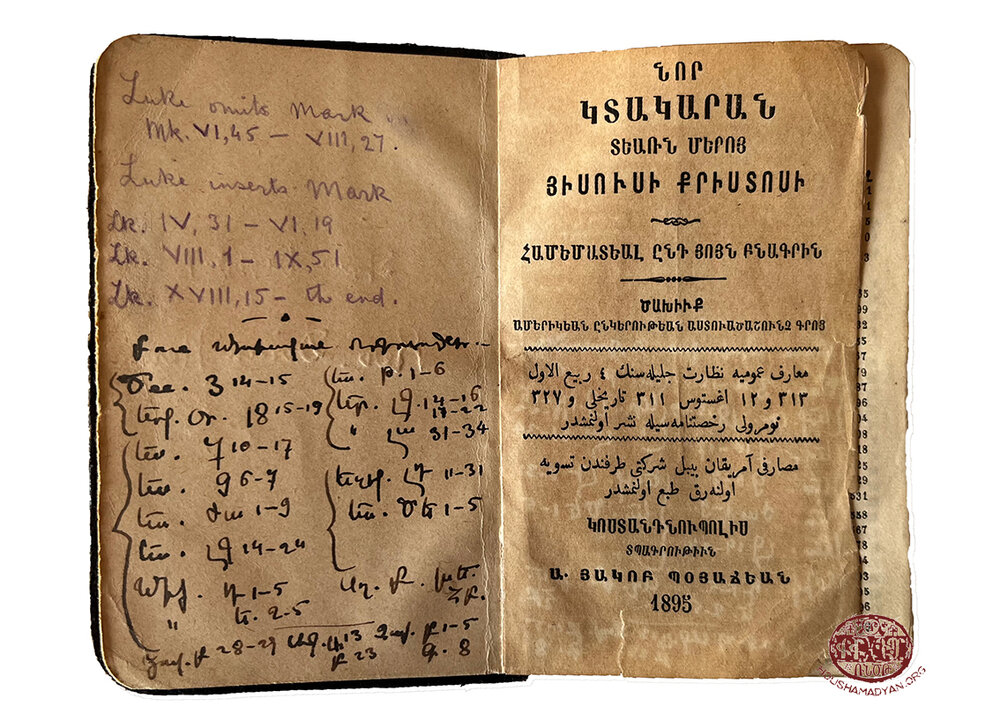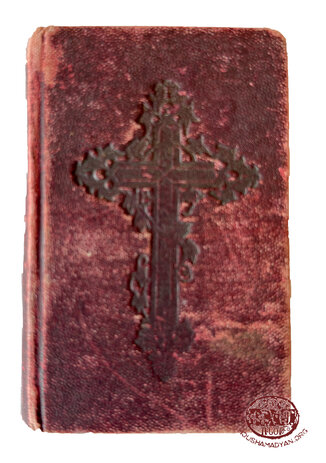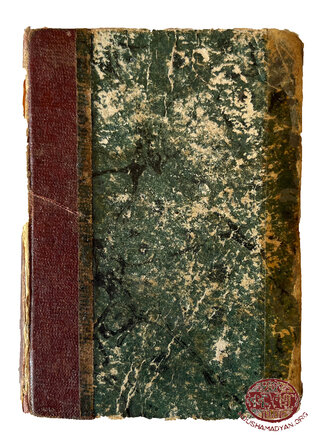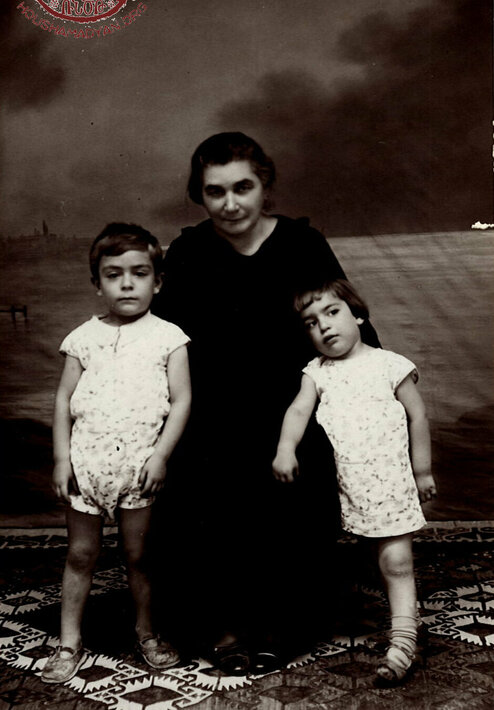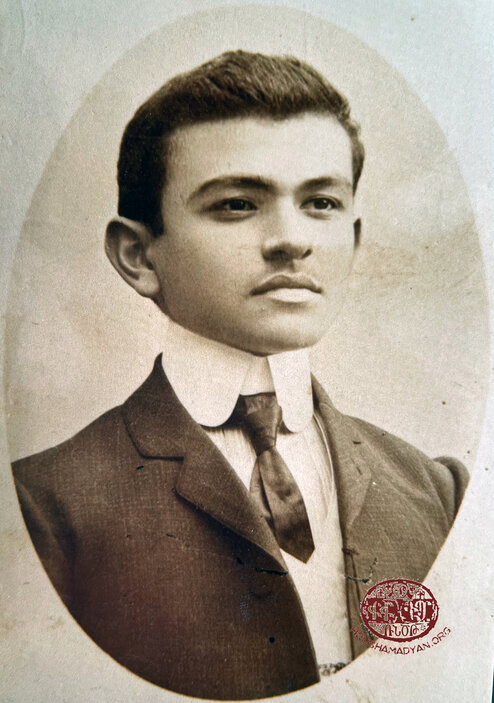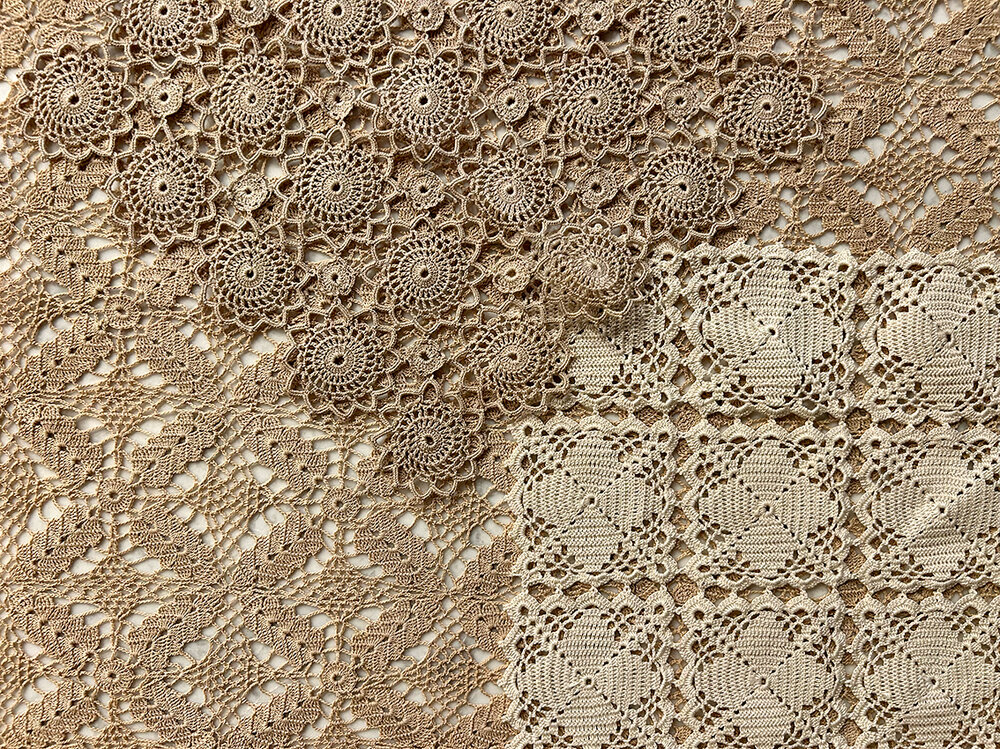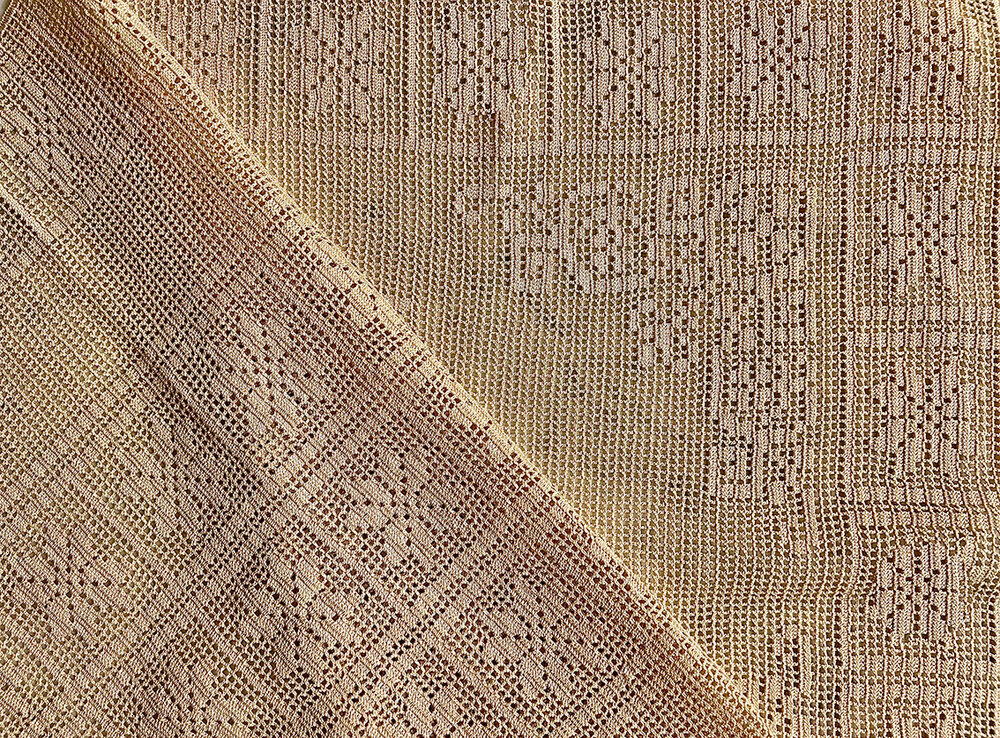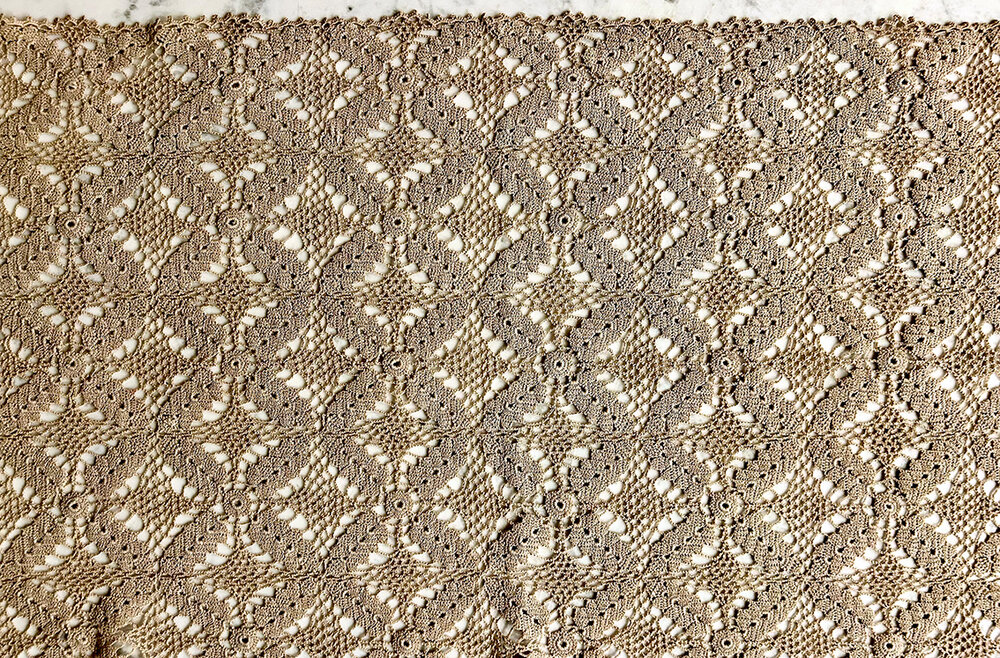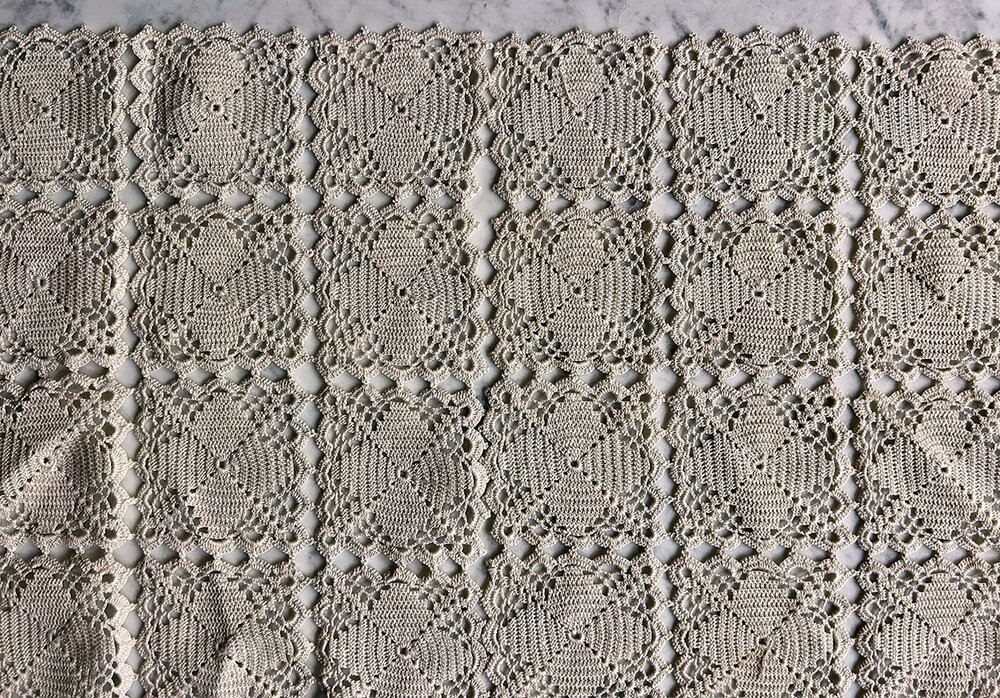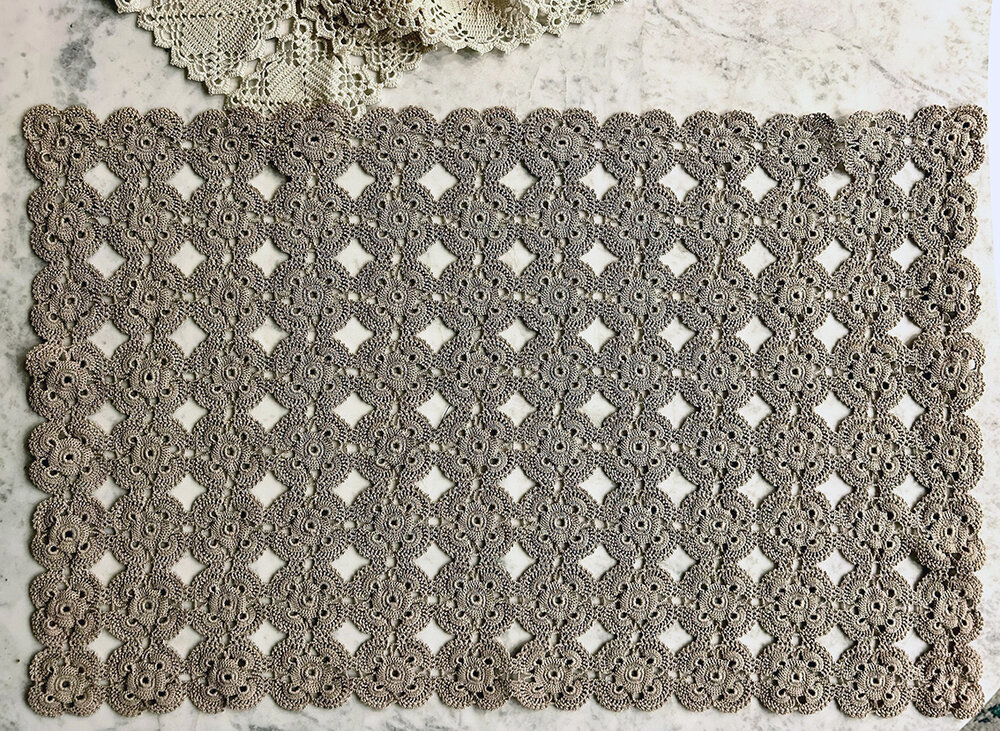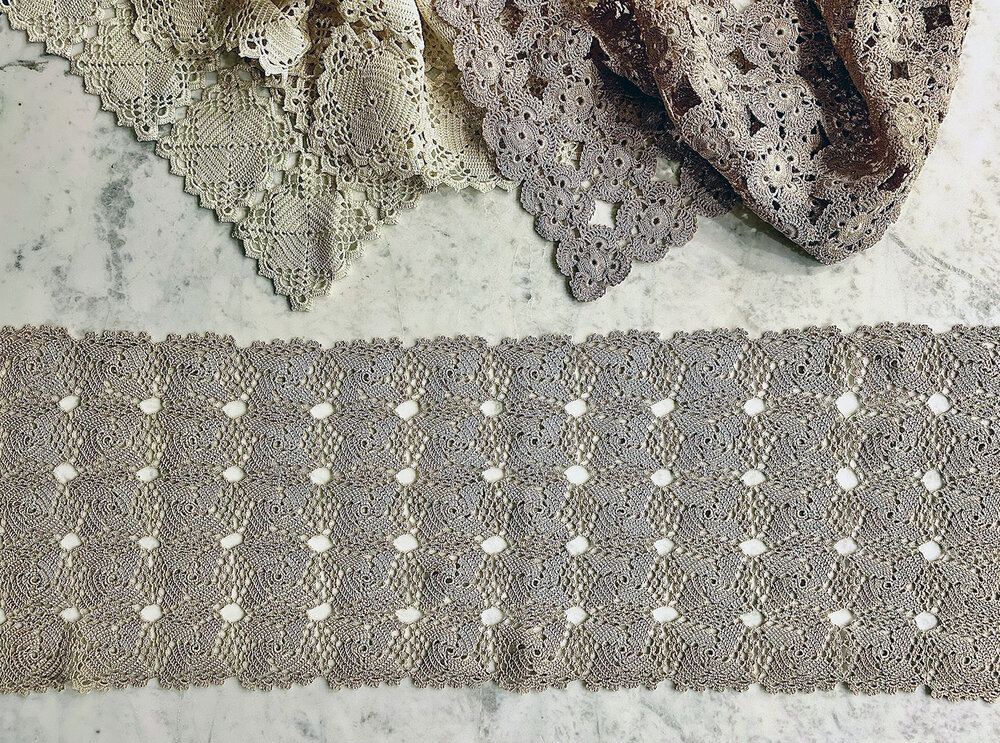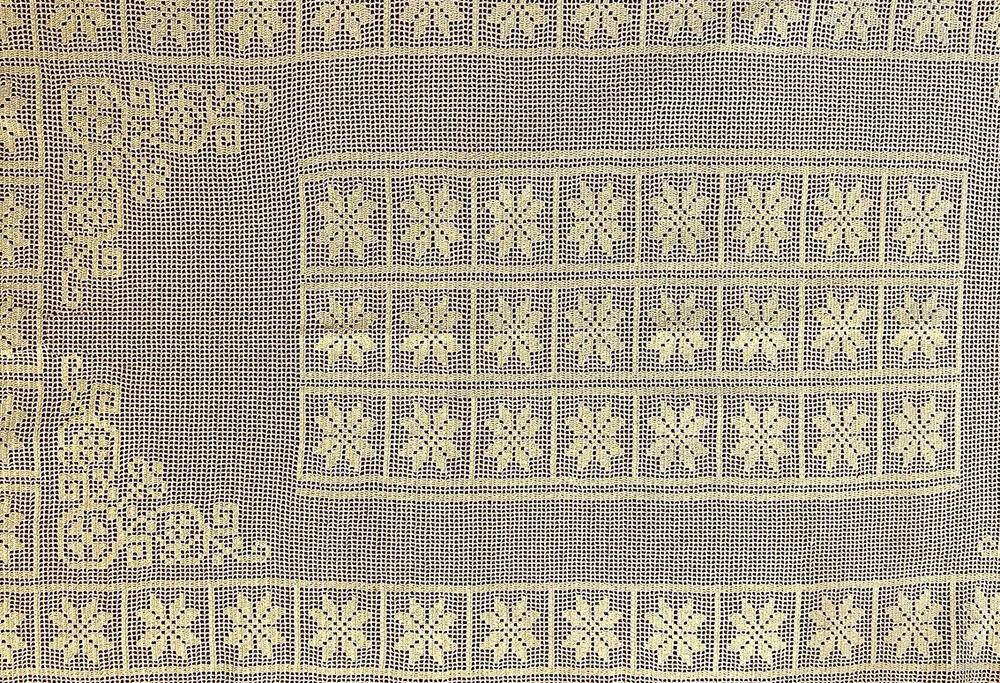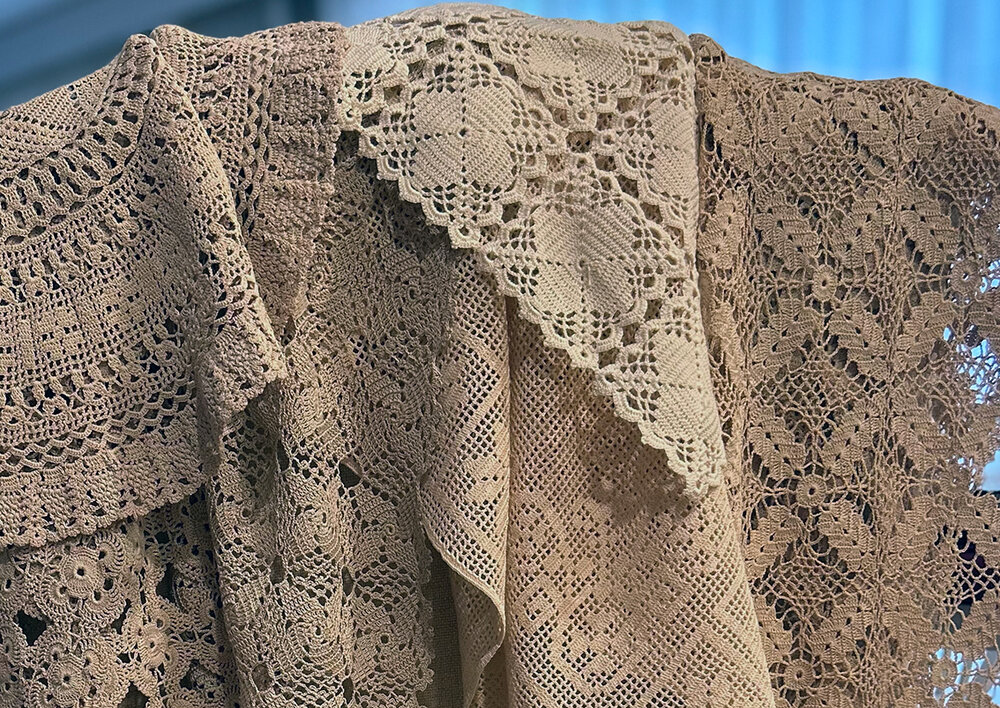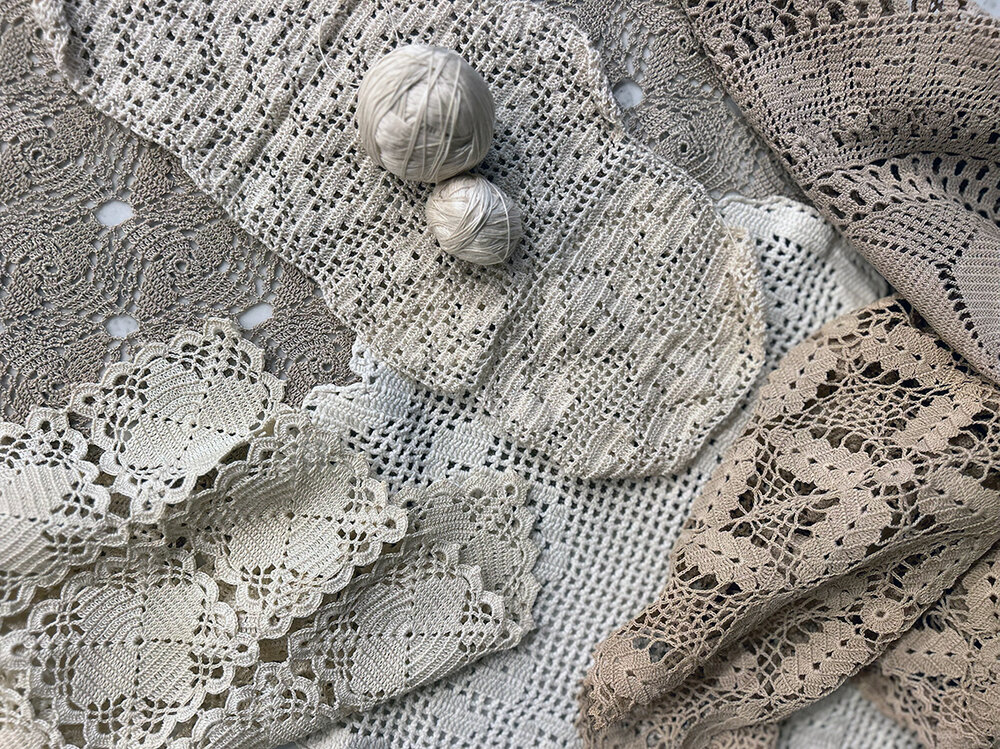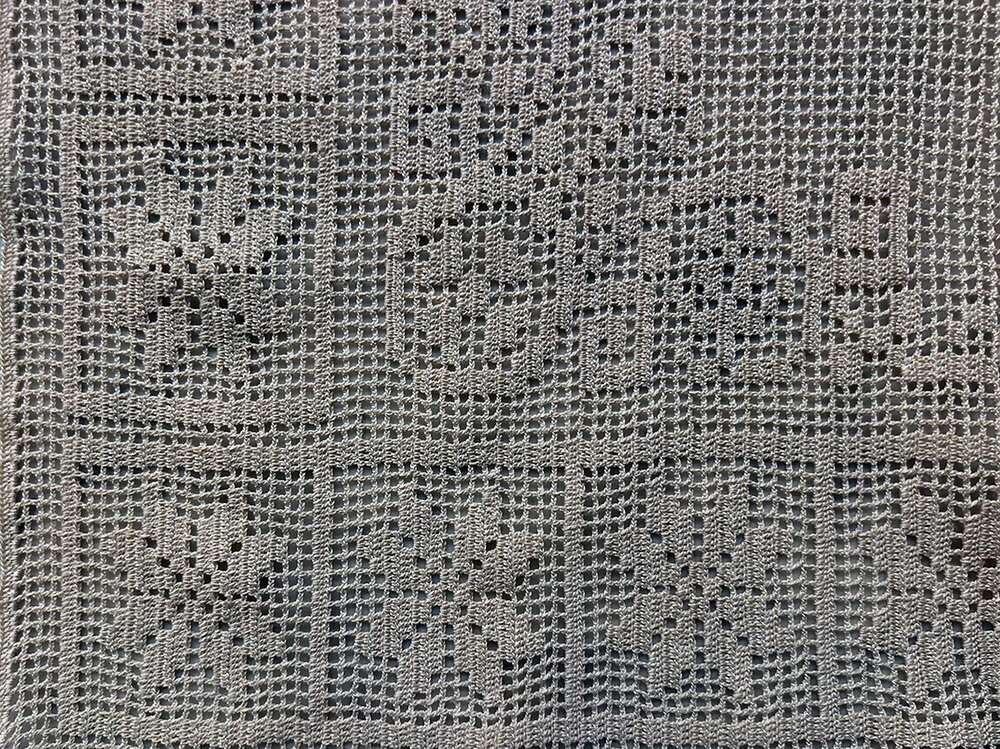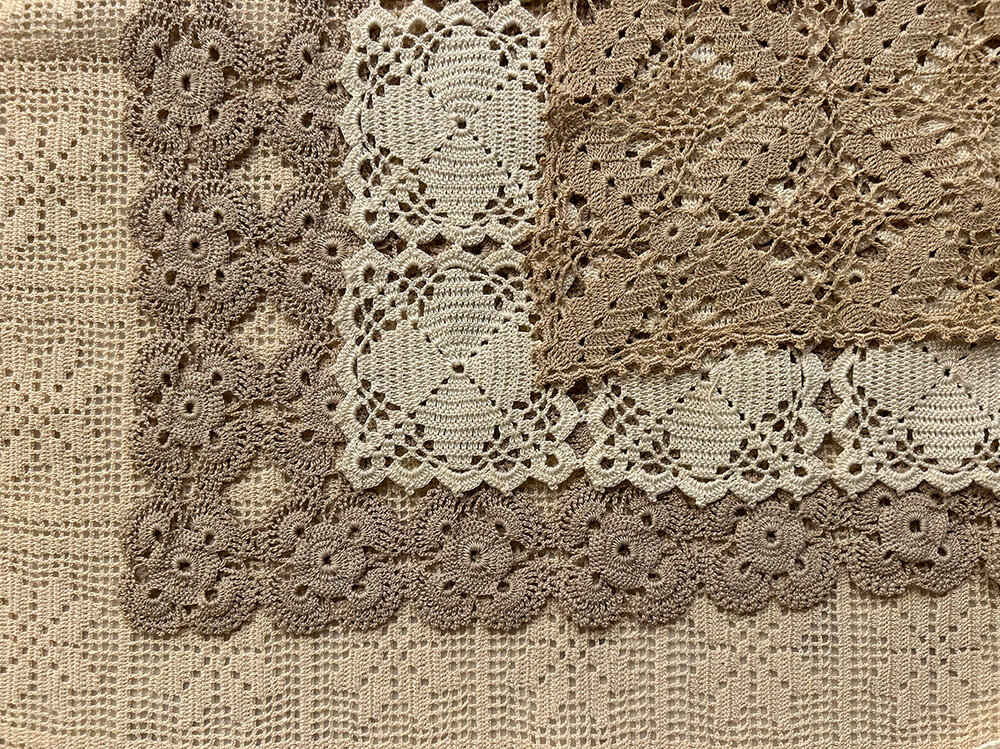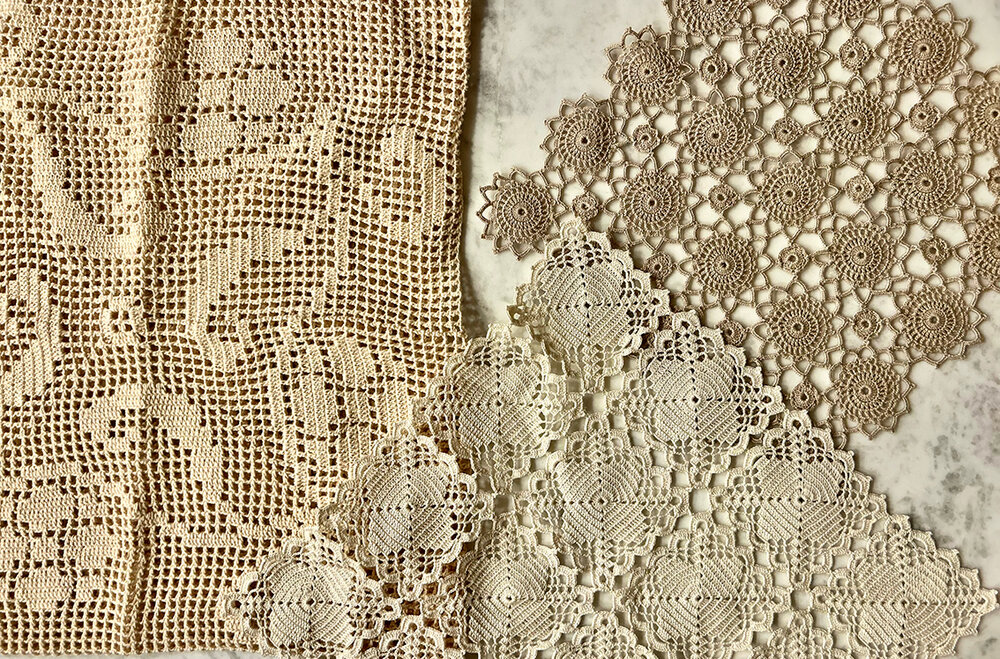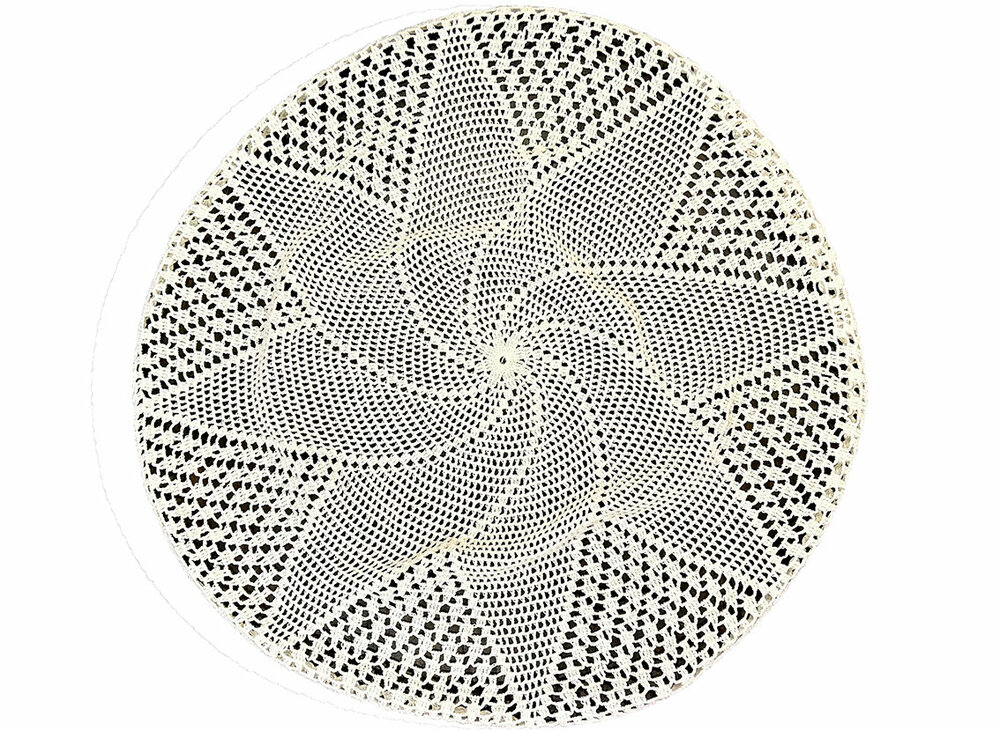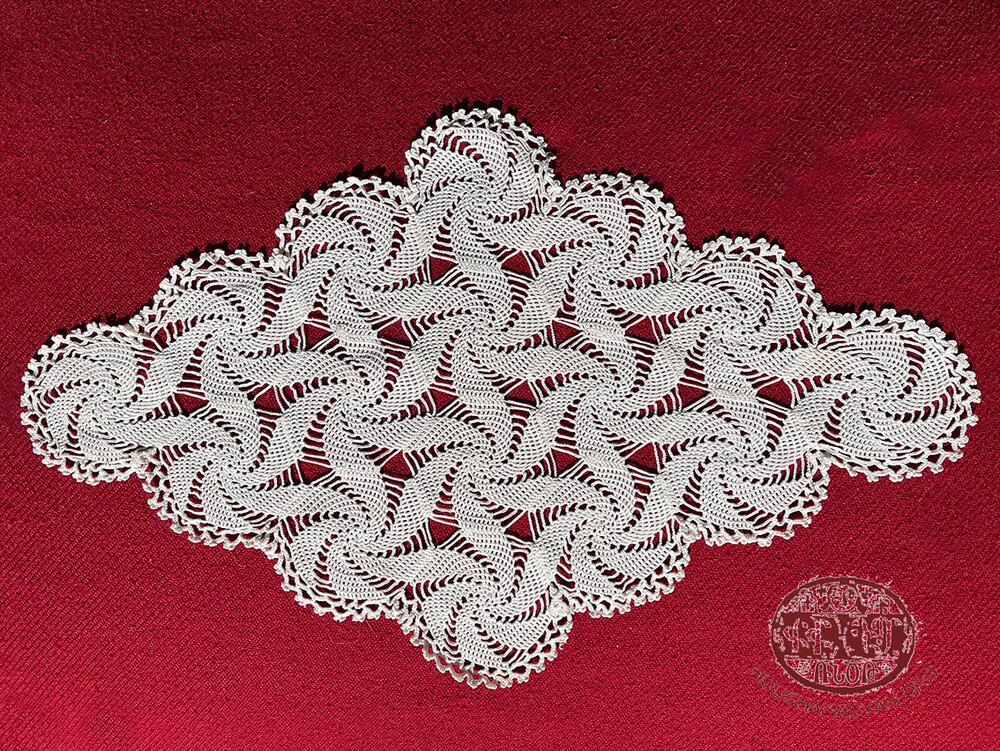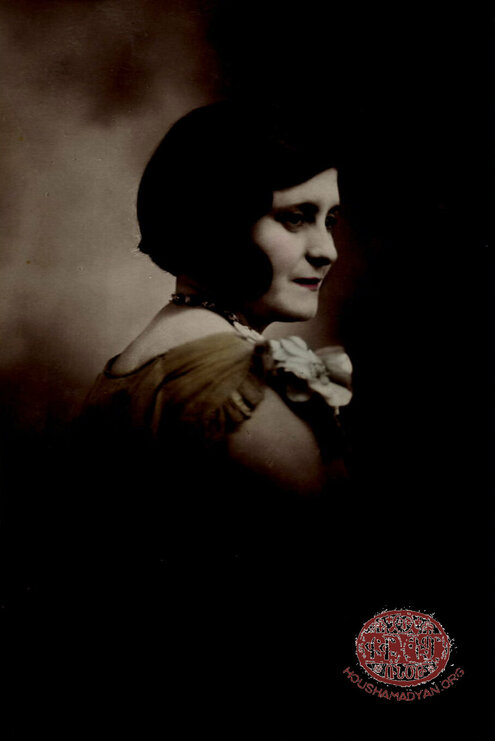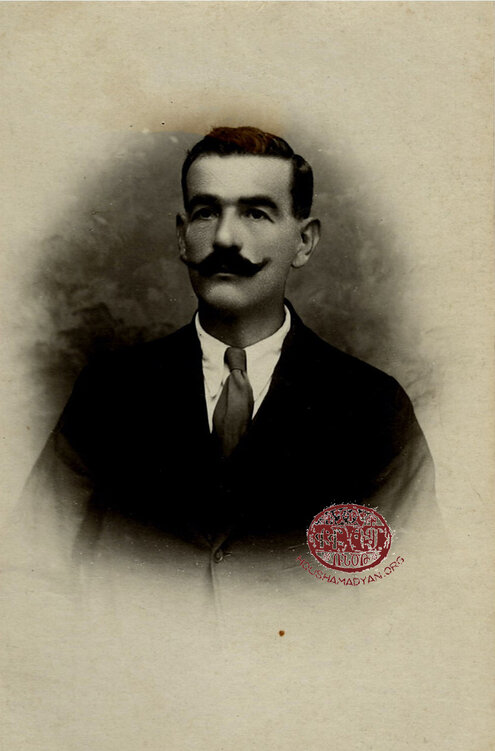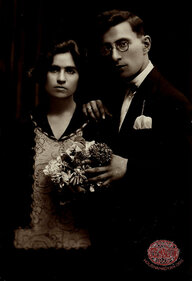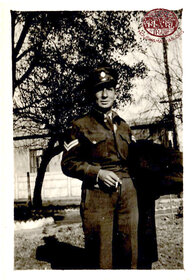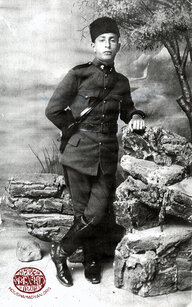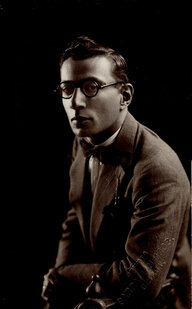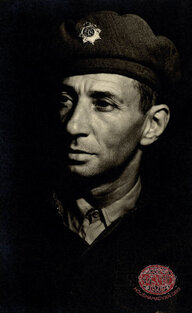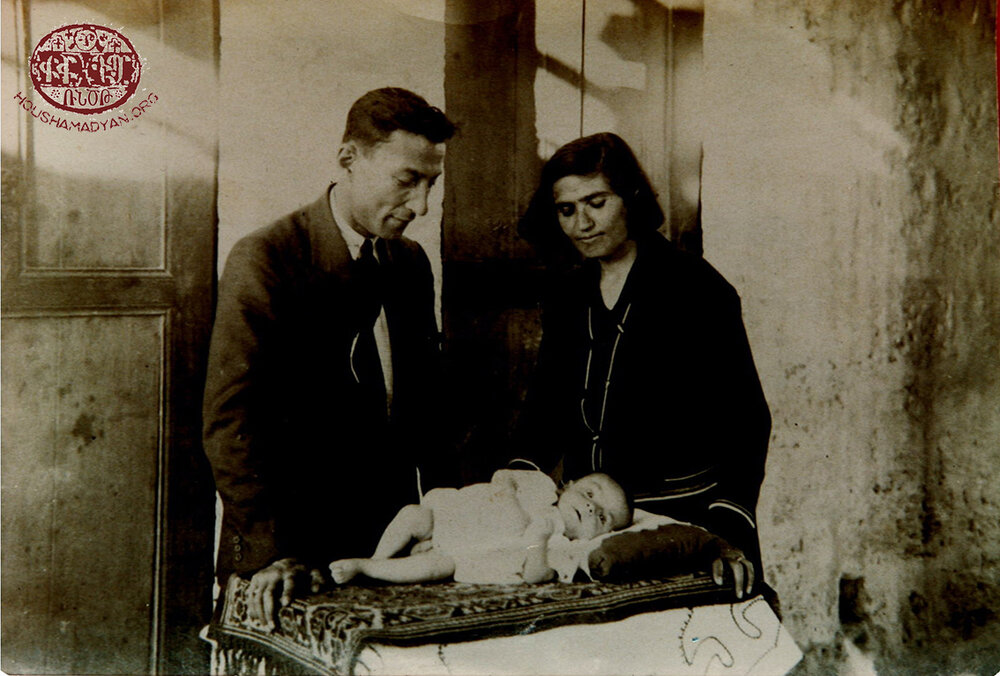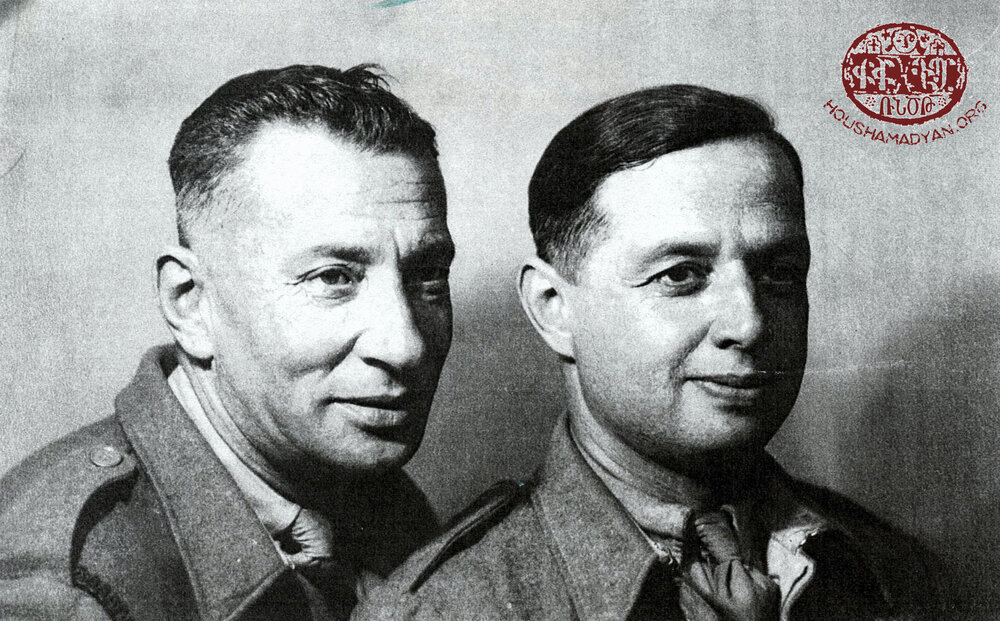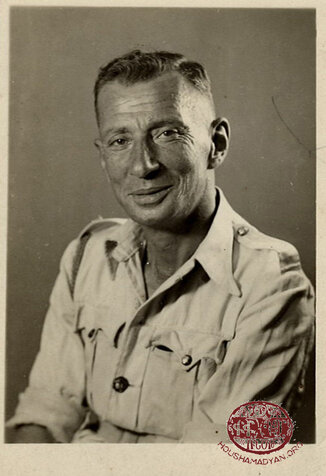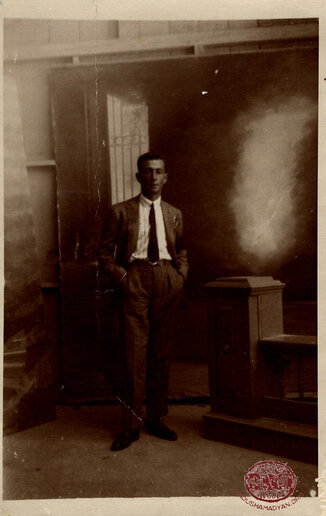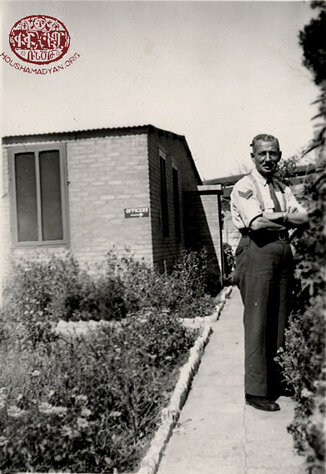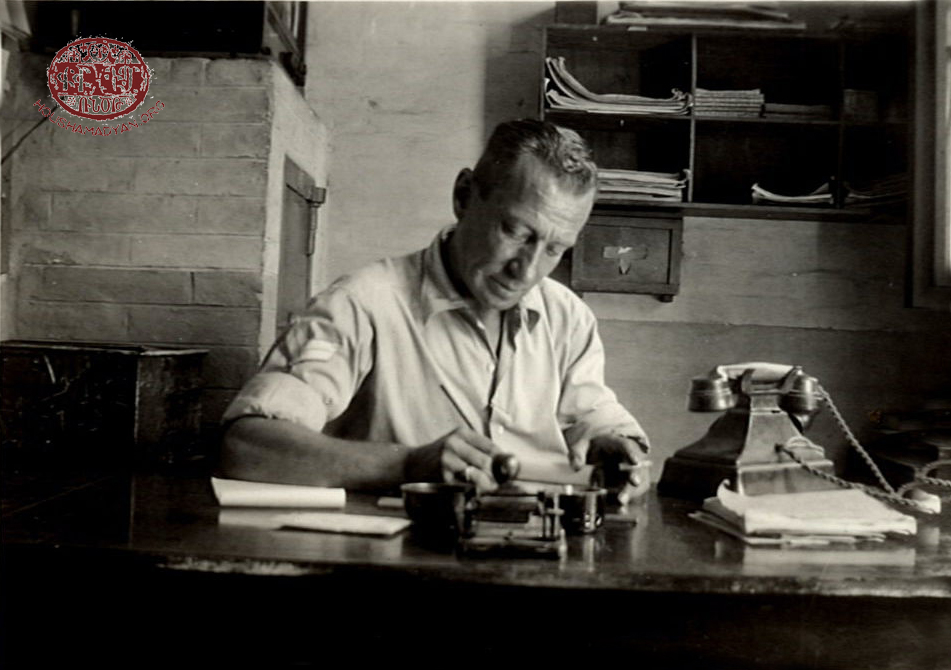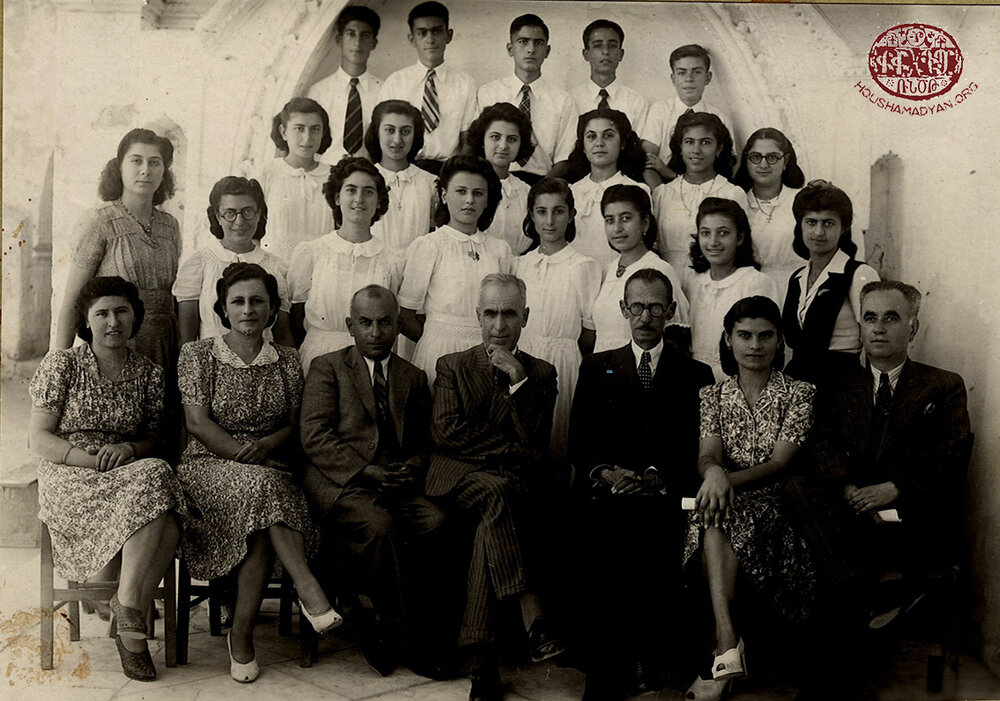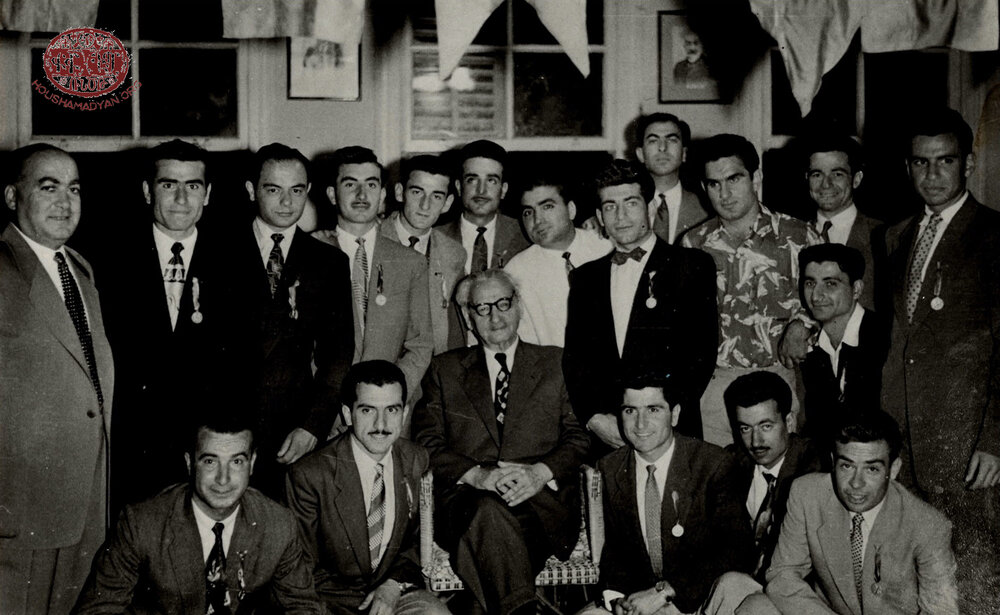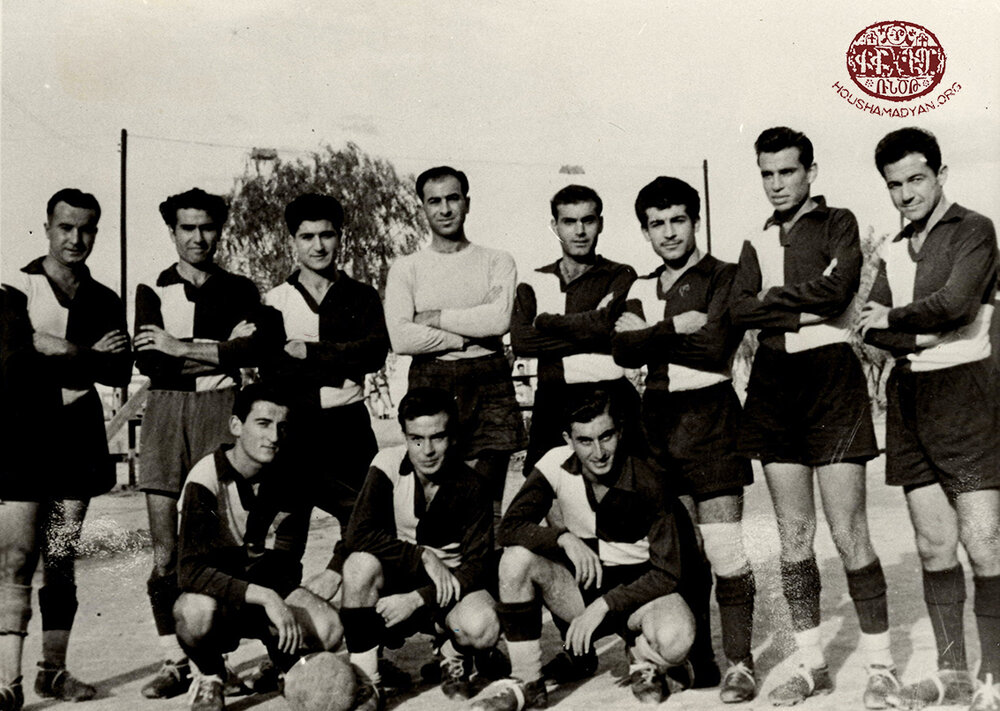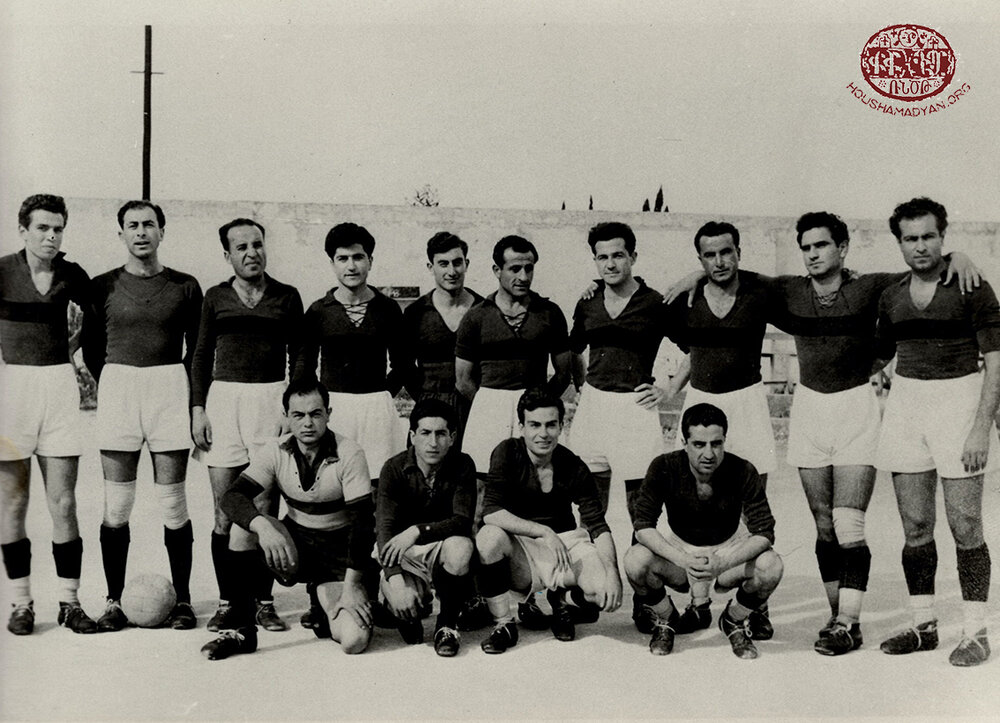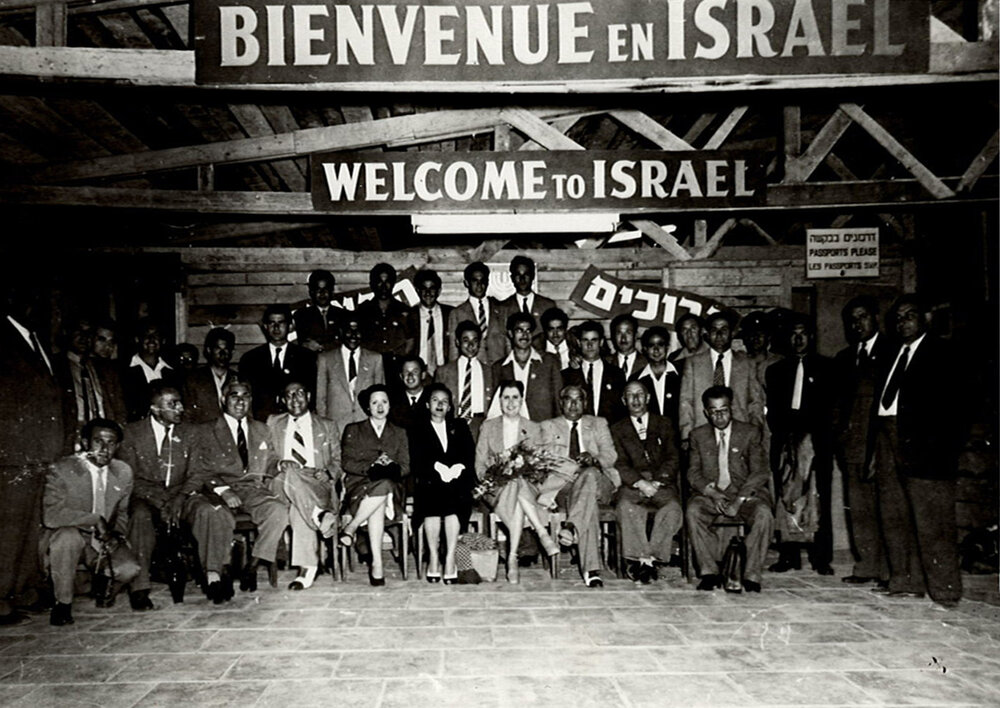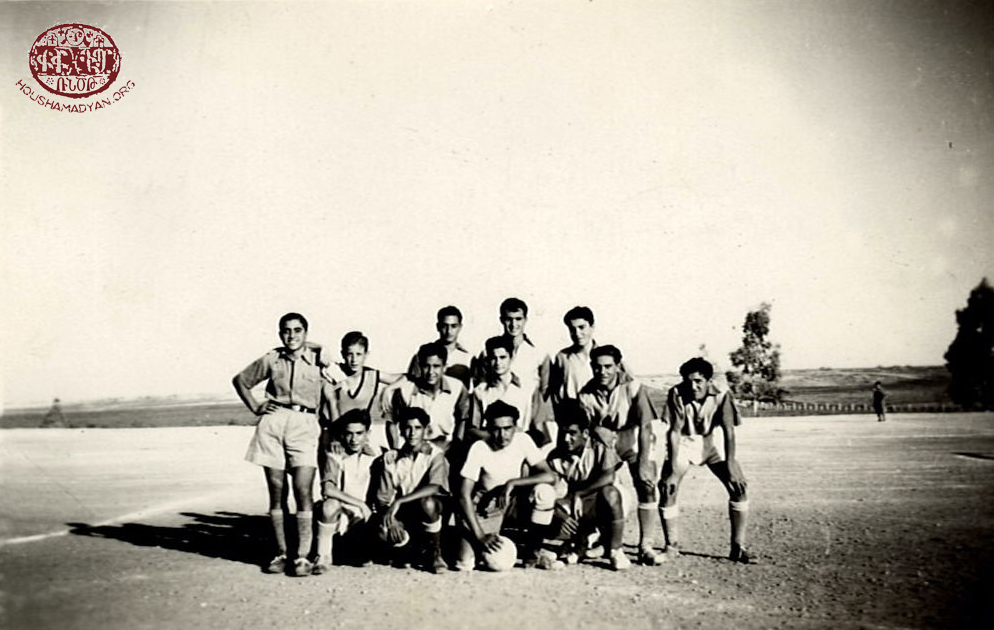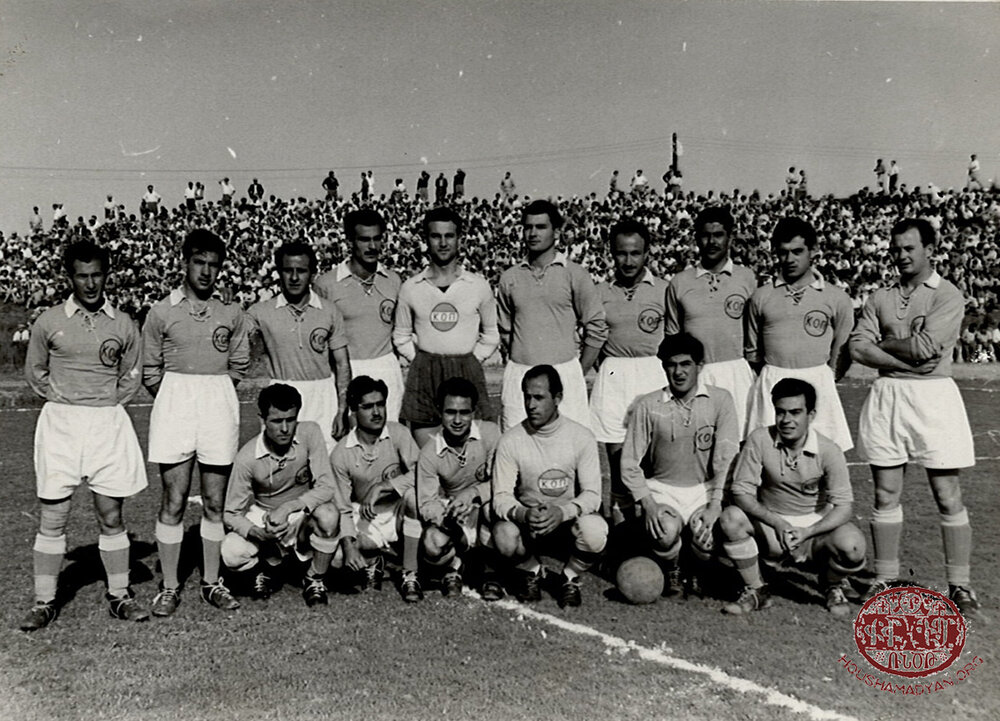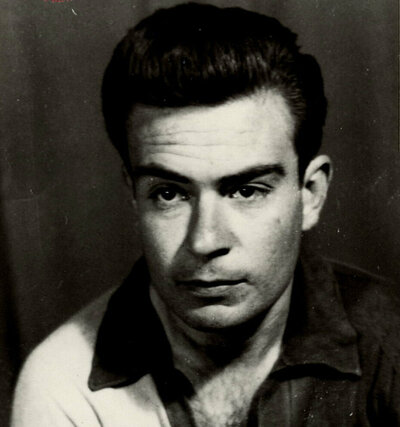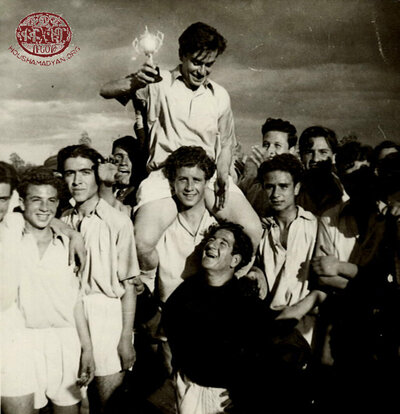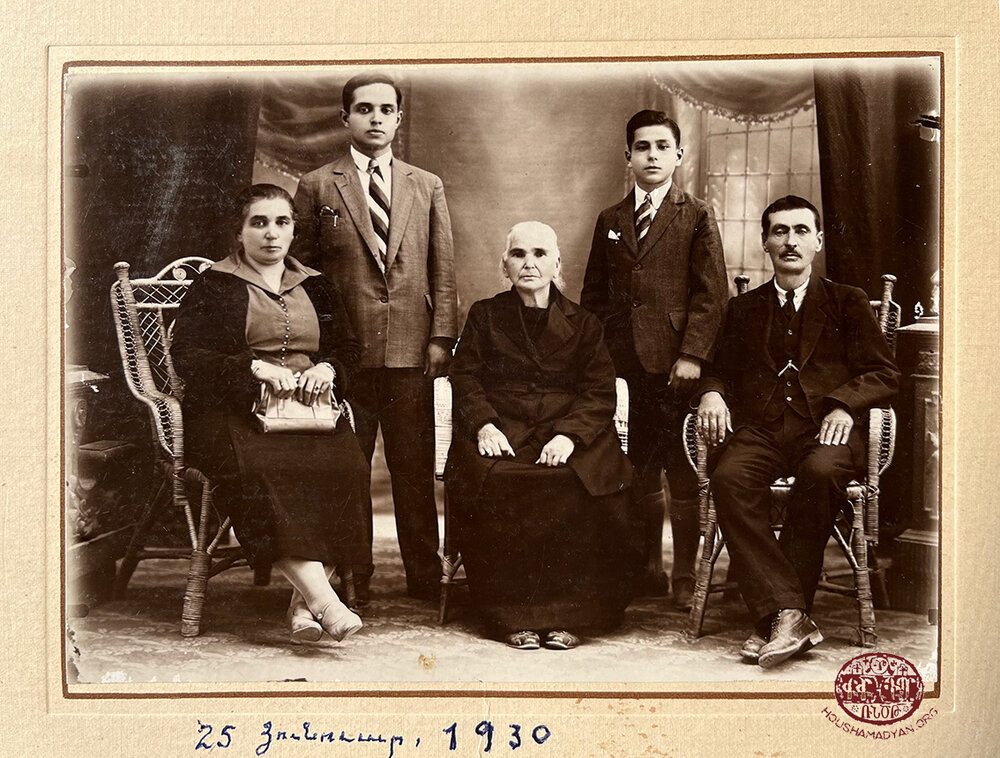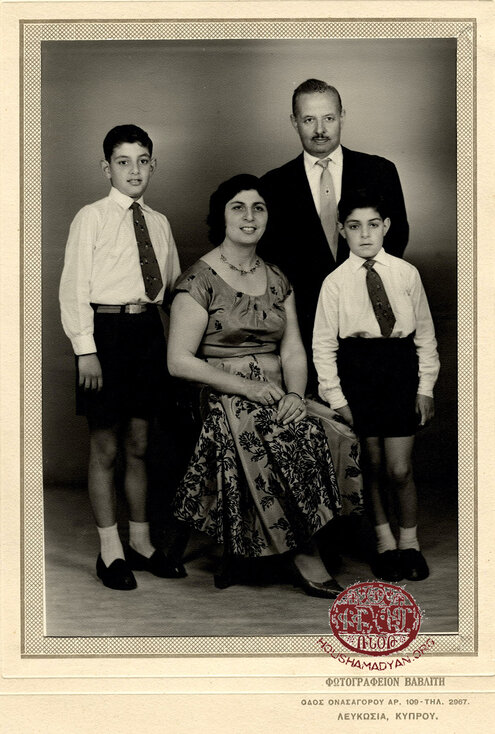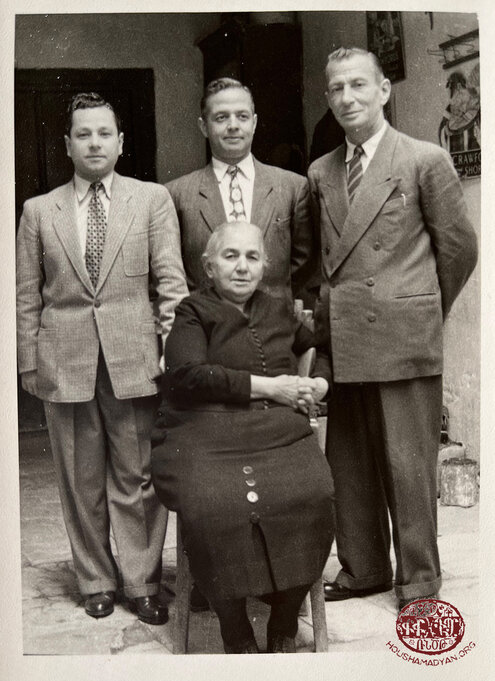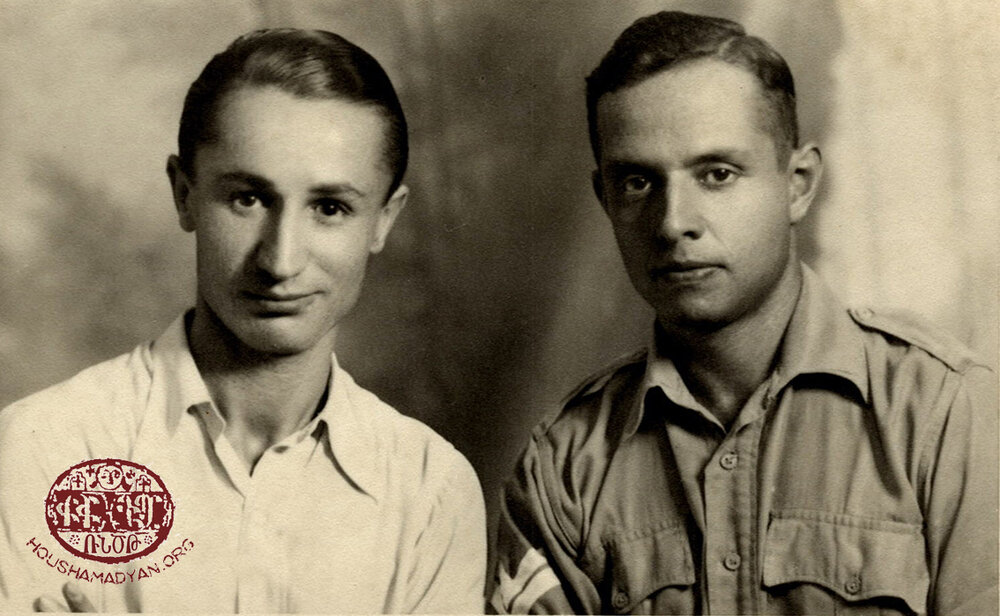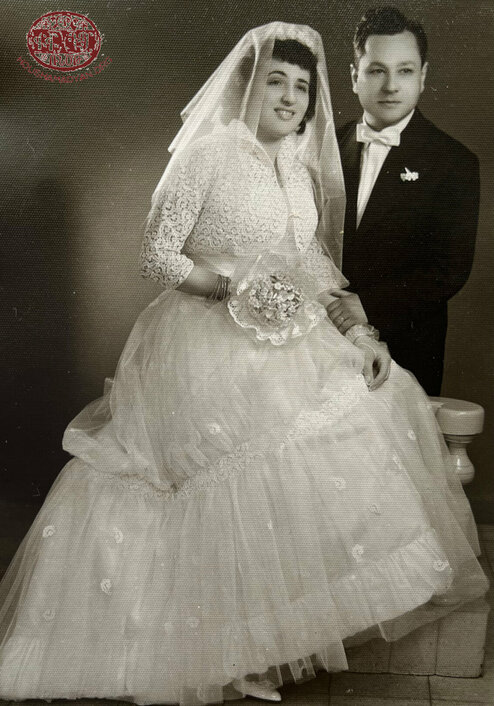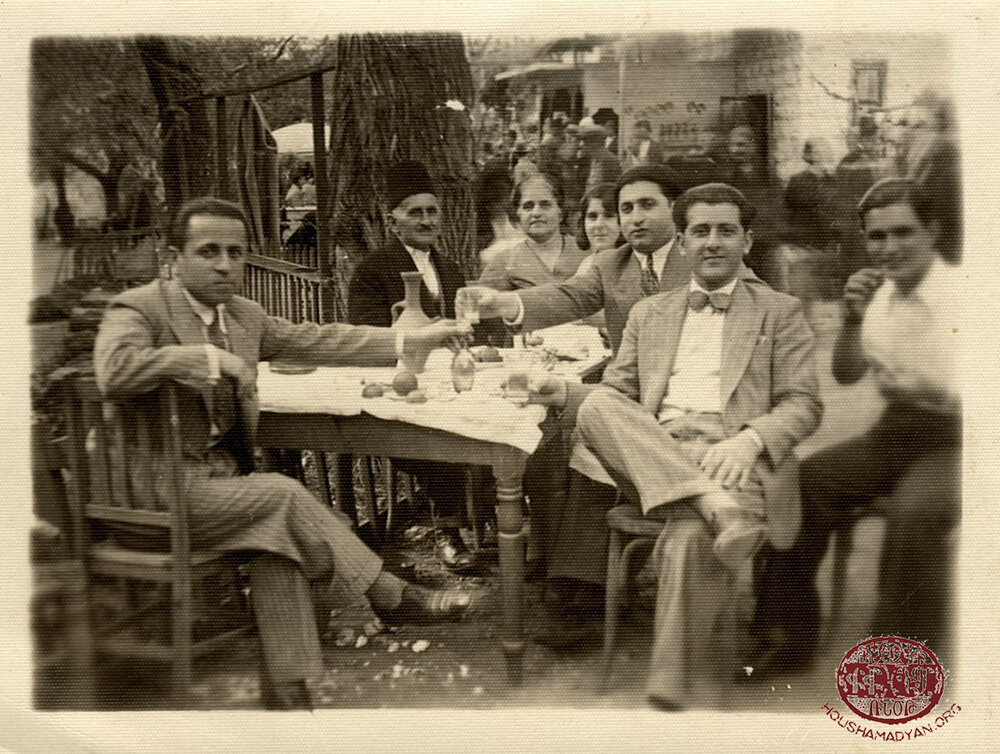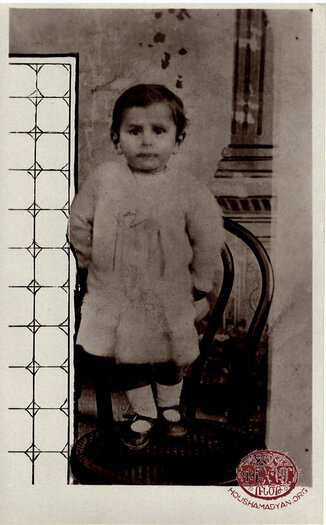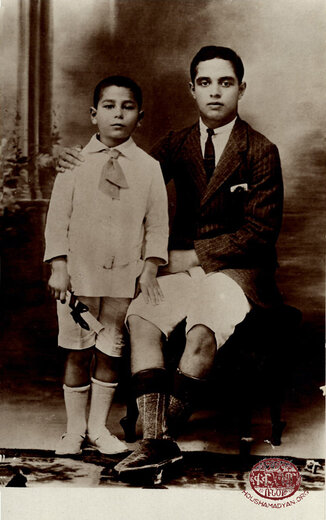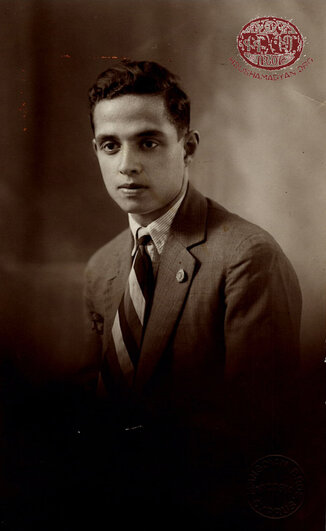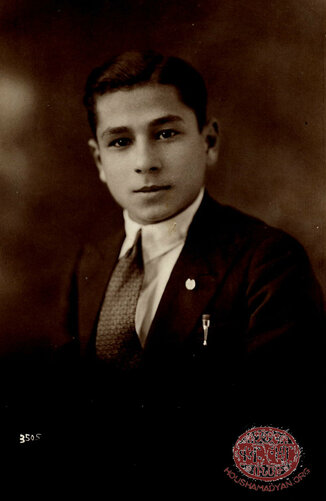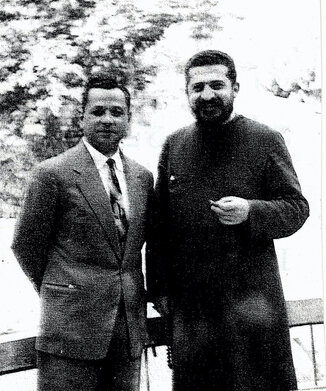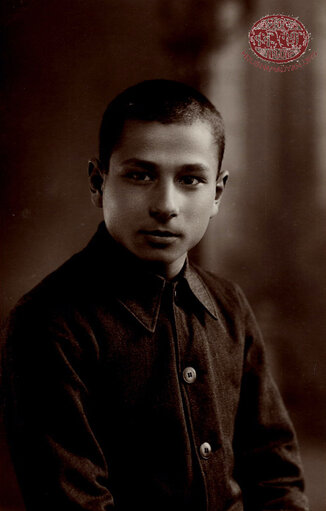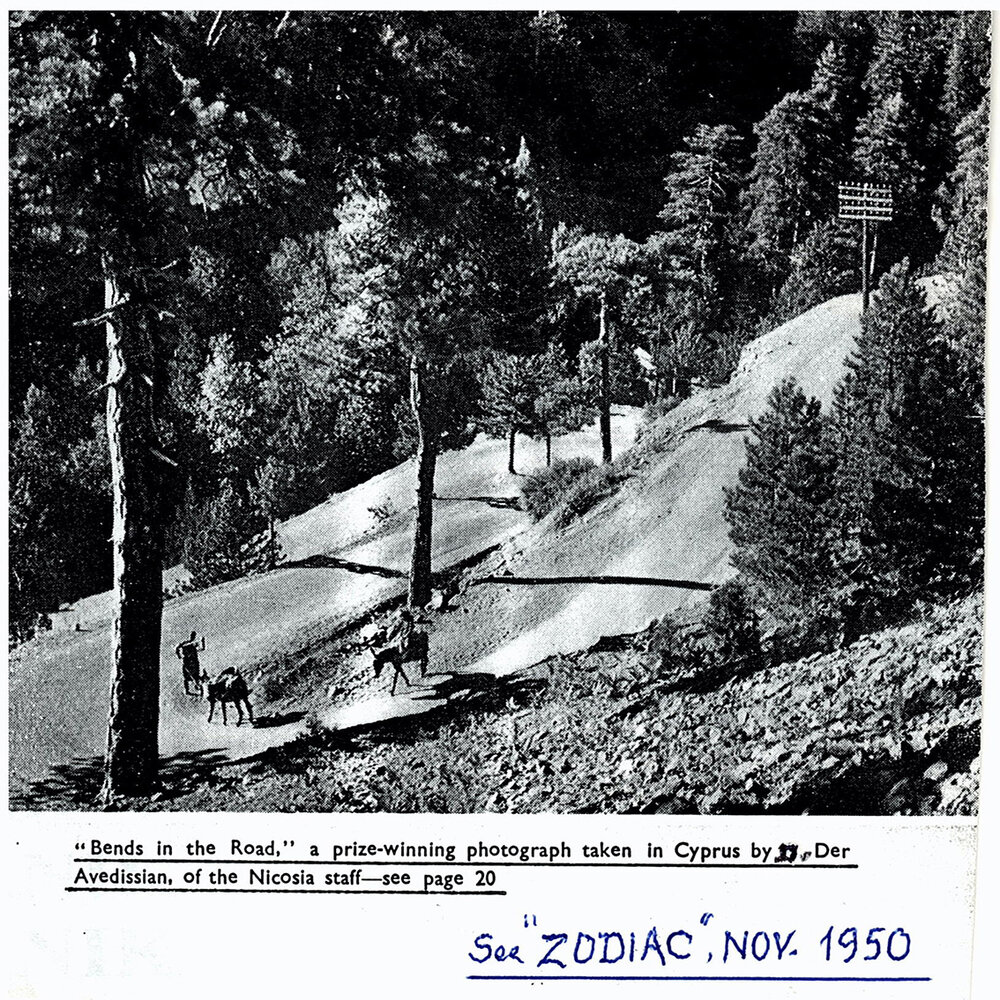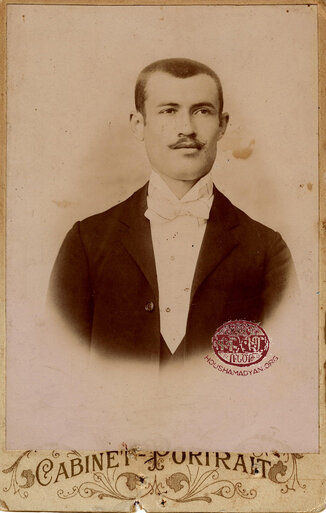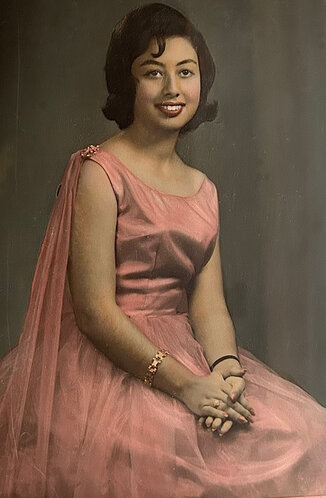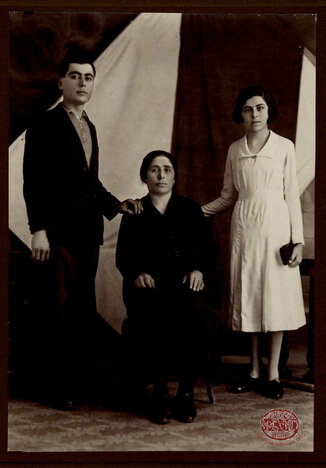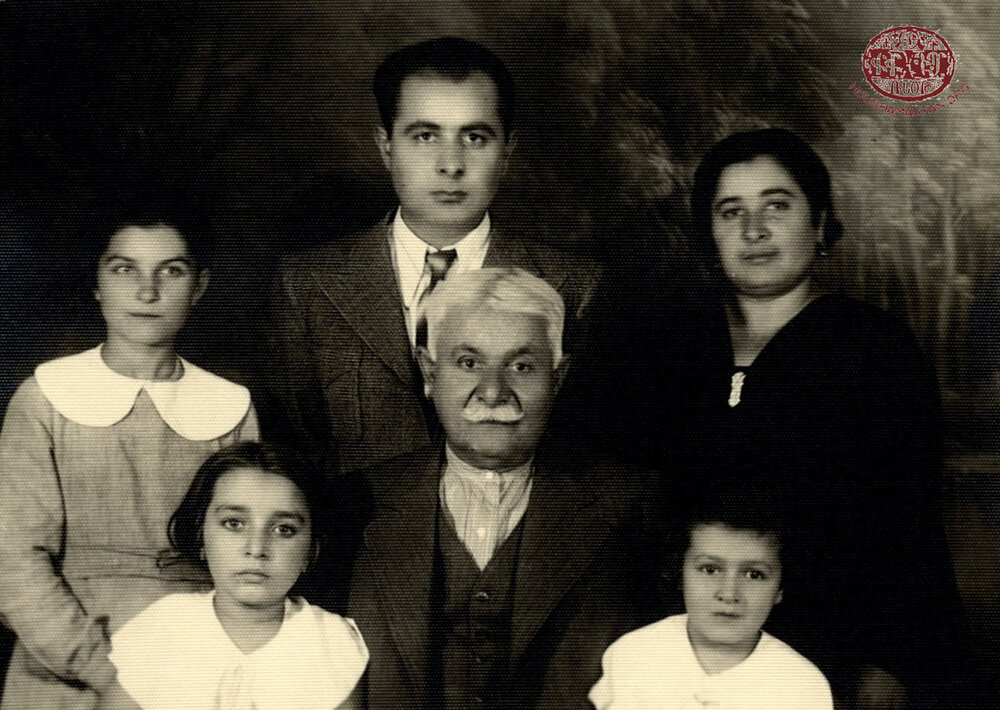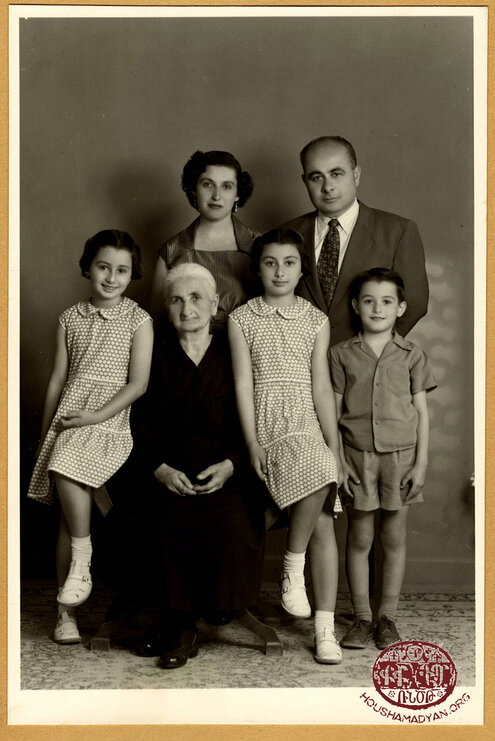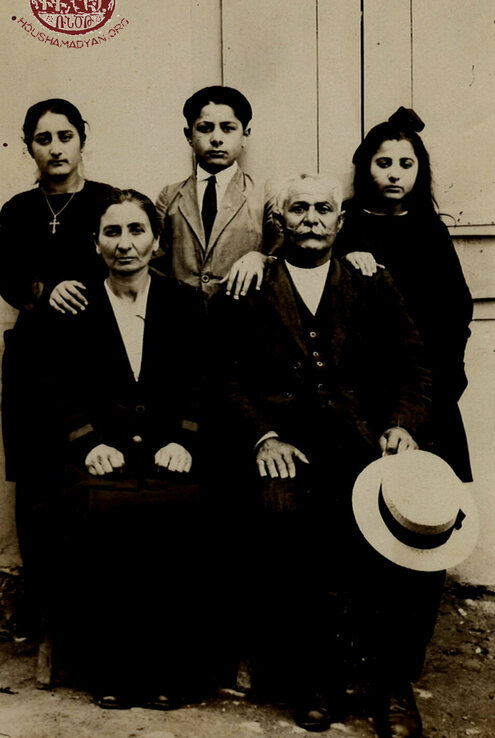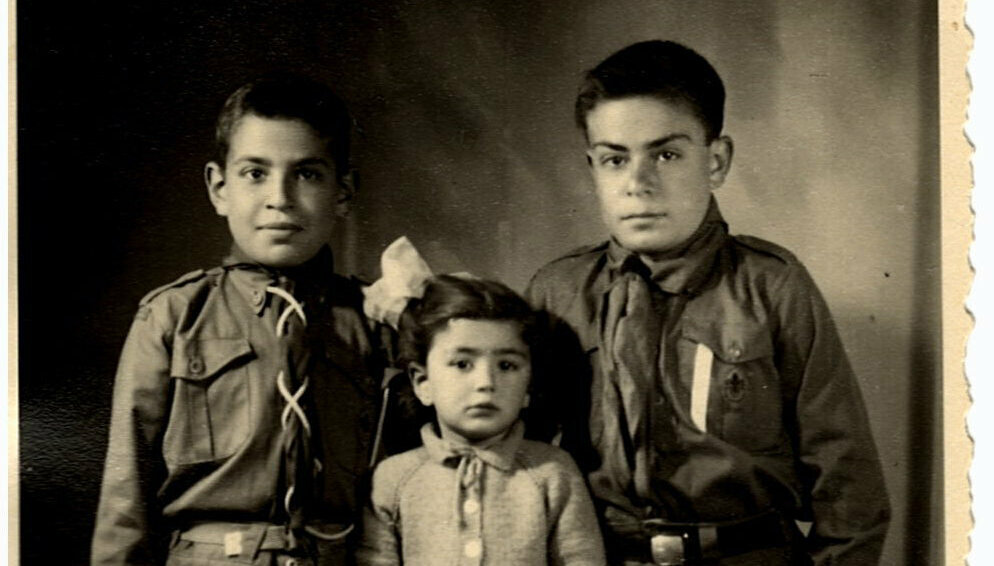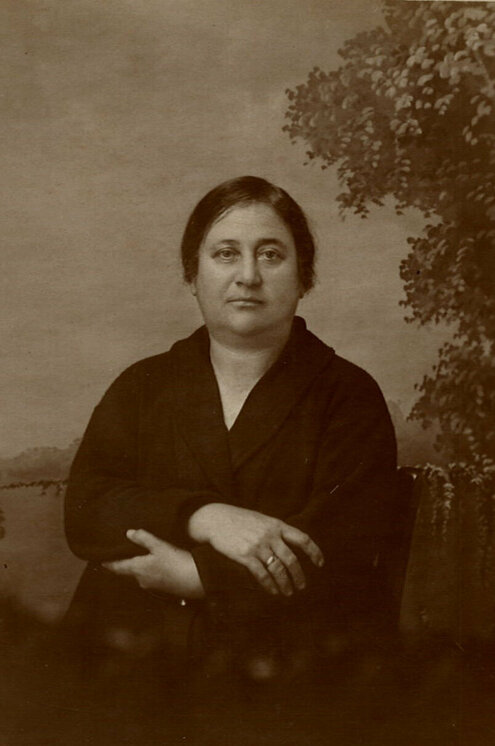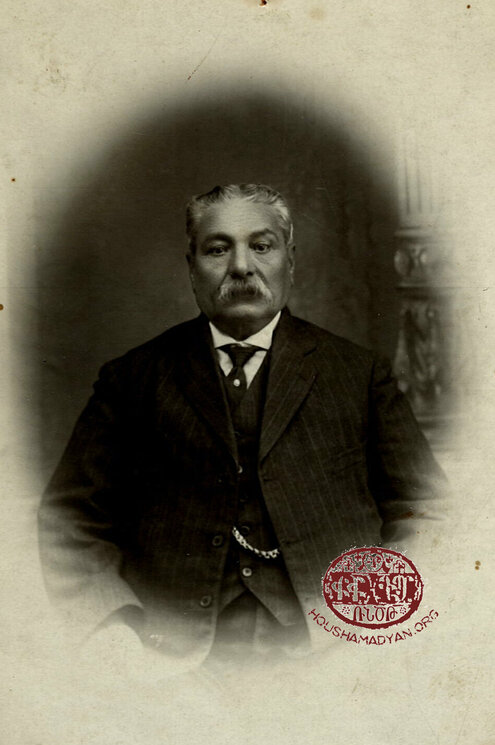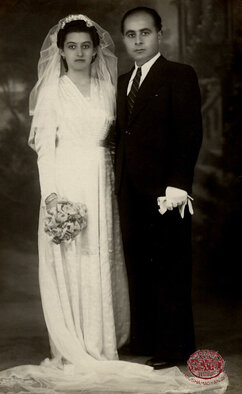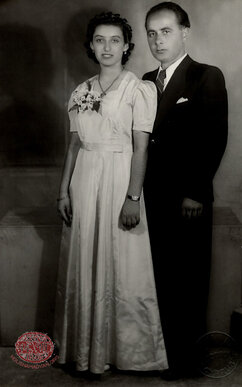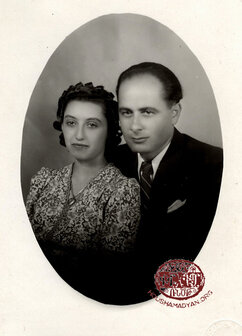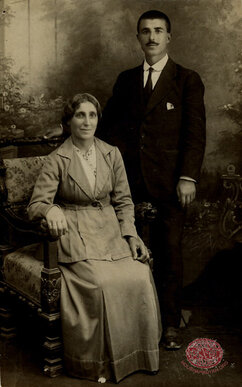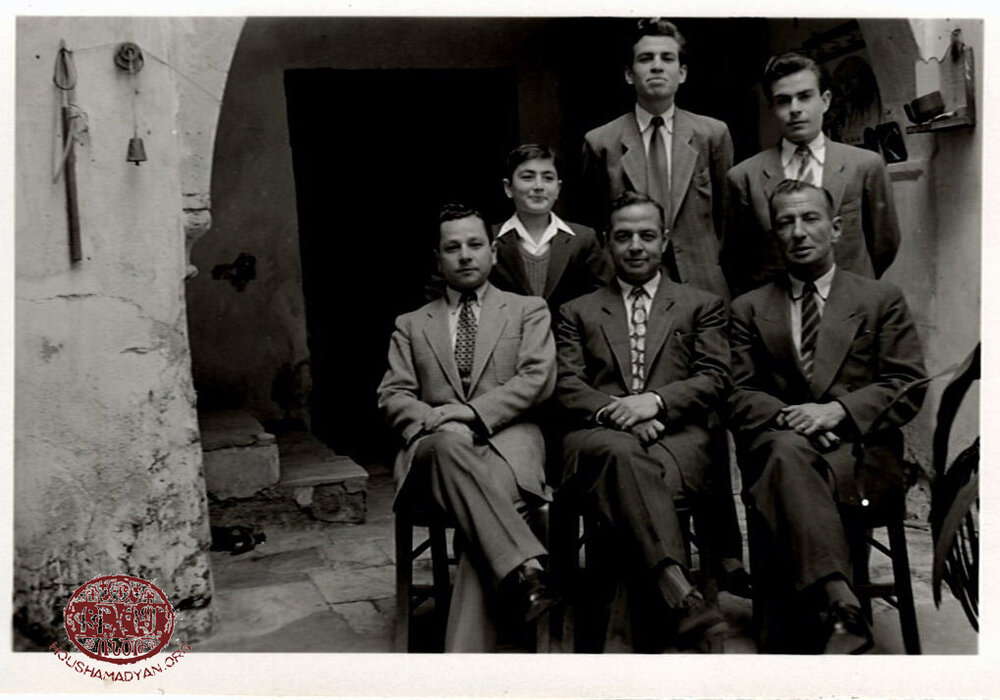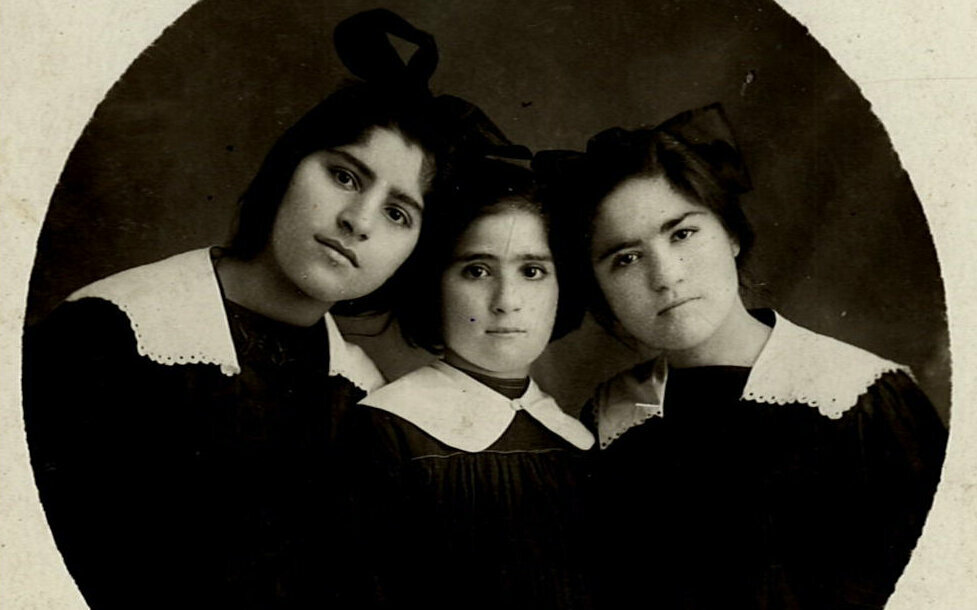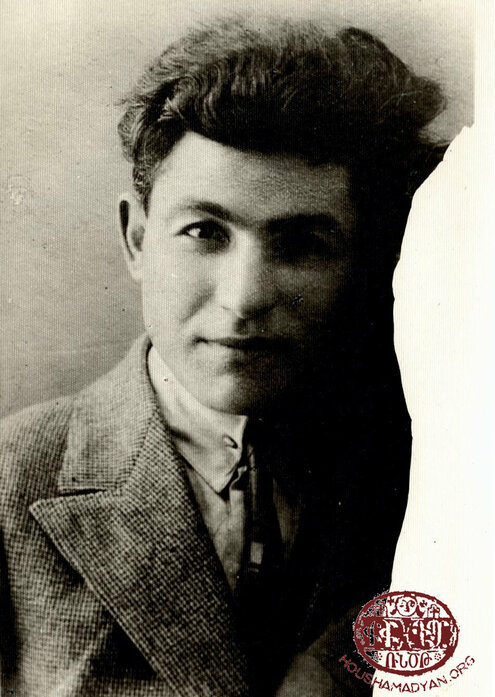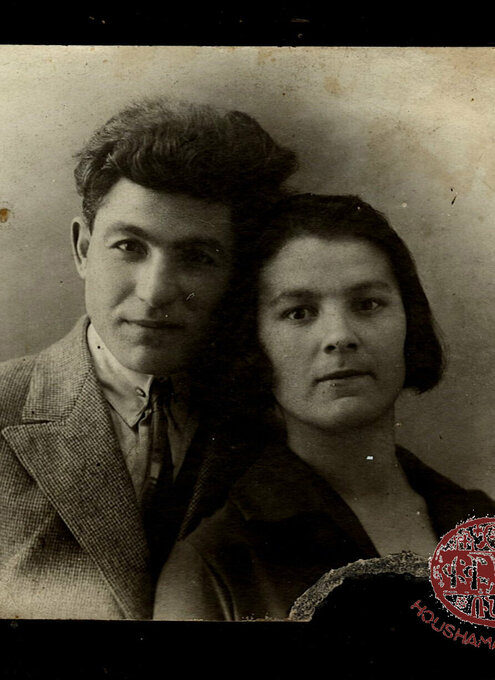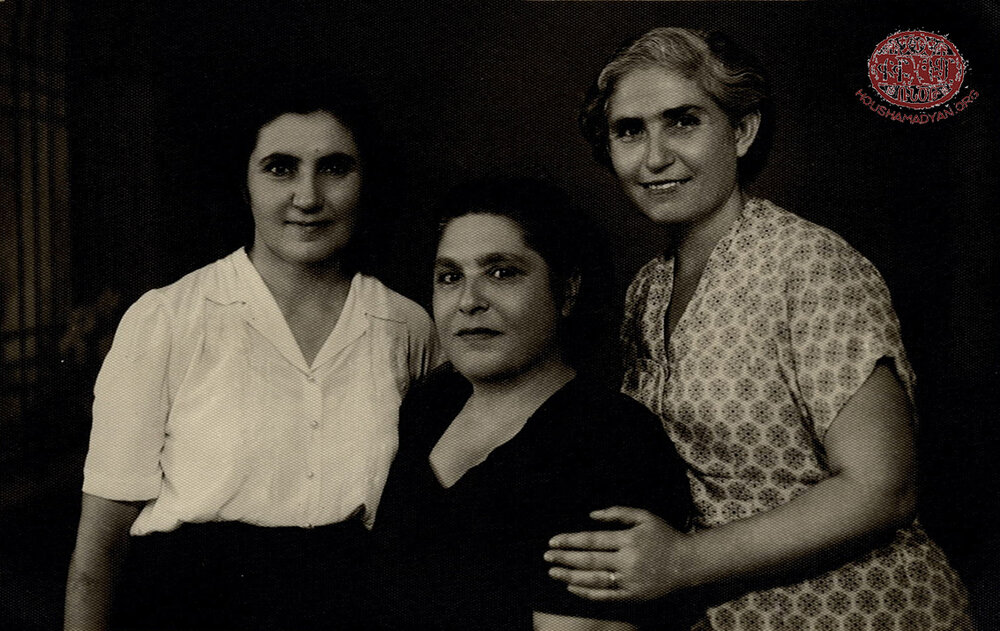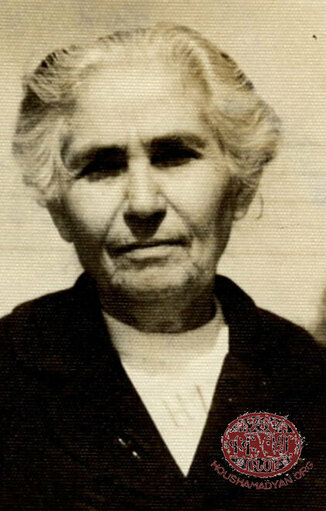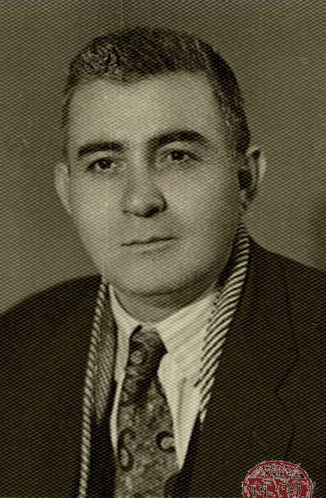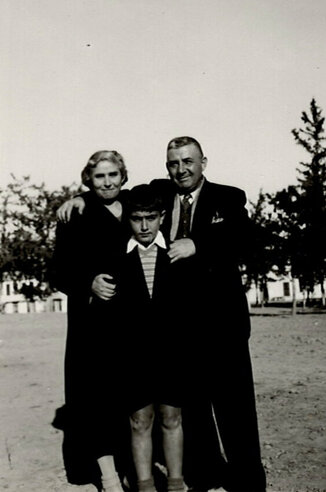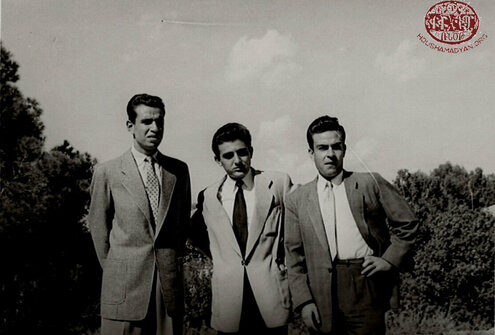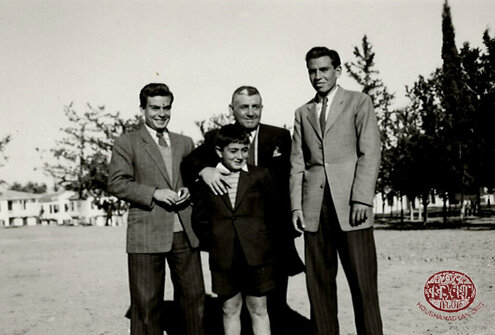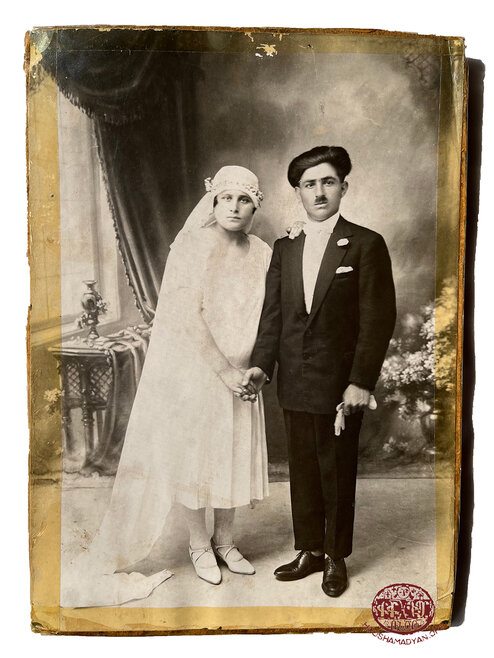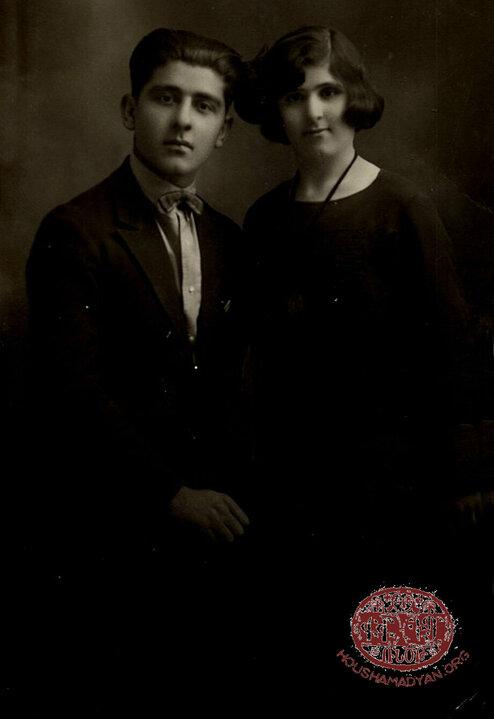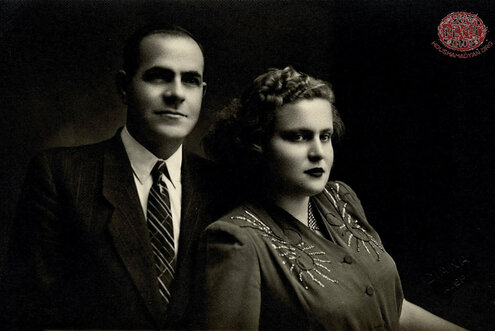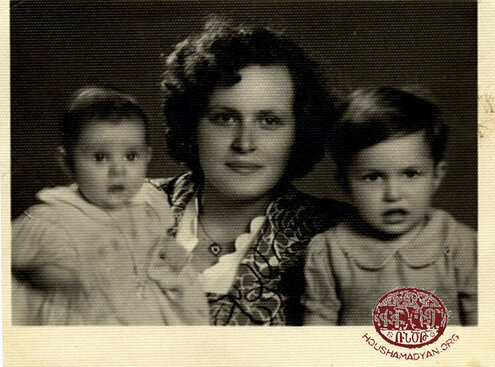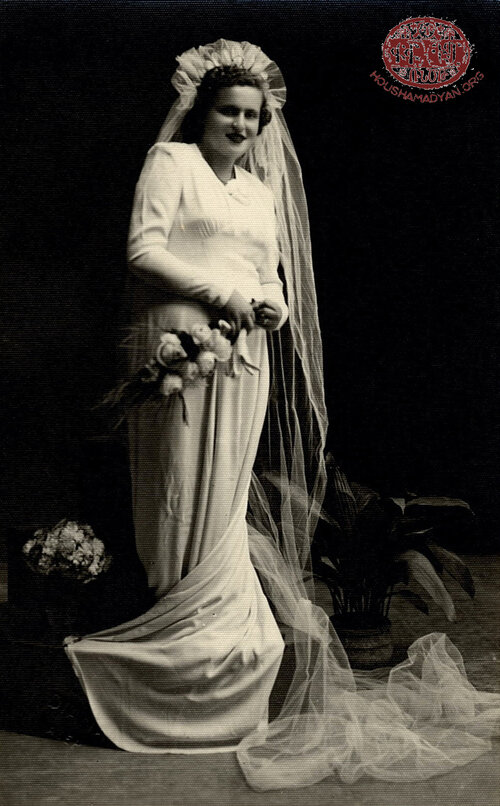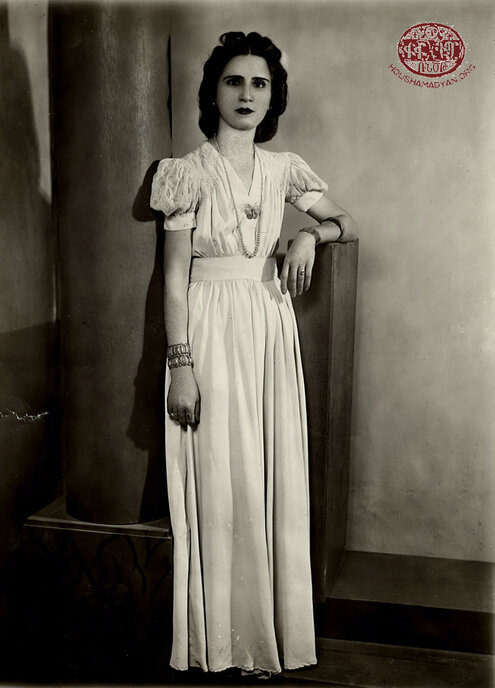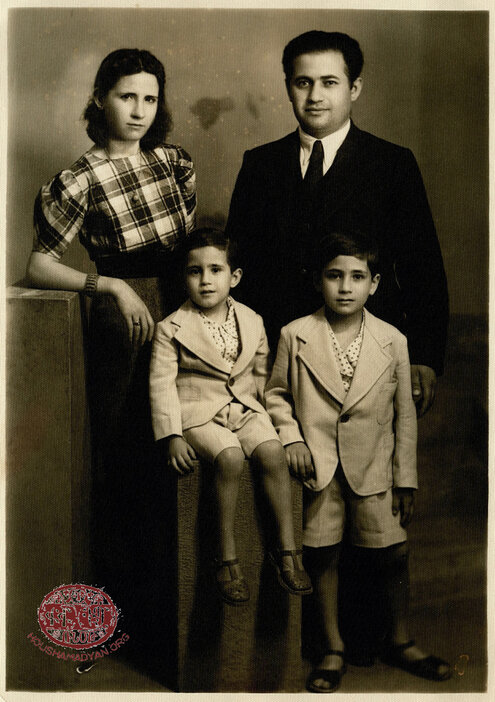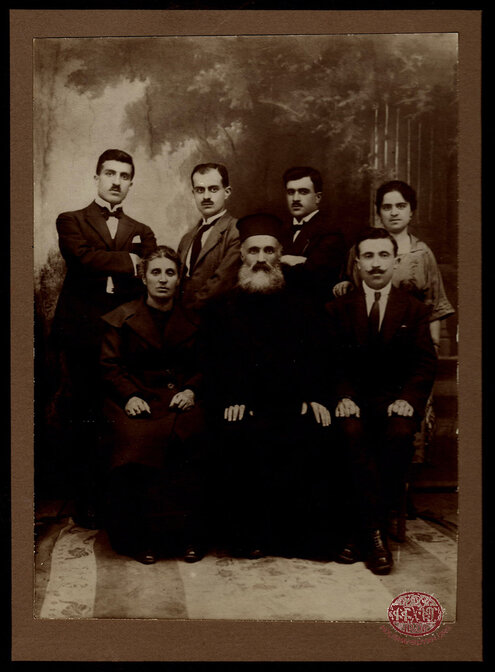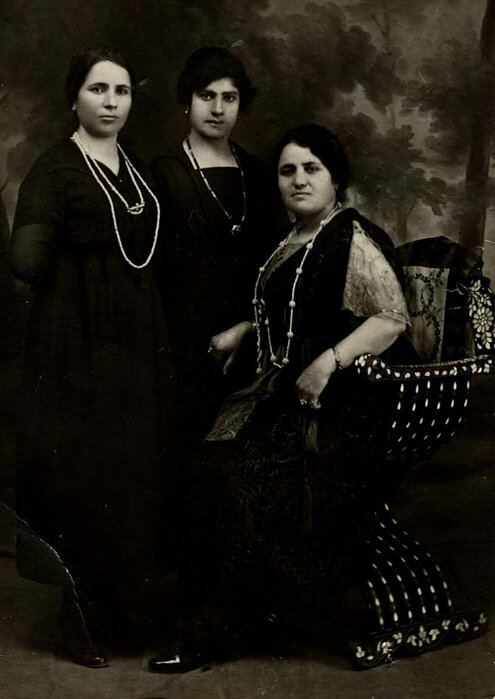Der Avedissian and Dinkdjian Collection – Los Angeles, Nicosia
Author: Sevan Boghos-Der Bedrossian, 10/04/24 (Last modified 10/04/24) - Translator: Simon Beugekian
The history of our ancestors is rich with countless stories of families whose lives were shaped in turbulent times, during deportations, and with the constant yearning for a better future. The history of the Dinkdjian and Der Avedissian families is yet another such example – a story that transcends generations and spans all corners of the world.
This article is partly based on the family’s history written by Sarkis Der Avedissian, in English. Sarkis died in 2017, after which his widow, Haigouhi (nee Asilian), updated this family history with new information. Haigouhi died in 2023. Her wish was for this family history to appear on the pages of Houshamadyan.
Sarkis’s work is a chronicle of resiliency, determination, and a quest for a better life. It is a testament to the ability of the members of these families to overcome obstacles and take advantage of every opportunity they encounter.

The Der Avedissian Branch (Adana, Mersin)
Avedis Der Avedissian (1863-1942)
Avedis was a blue-eyed, erudite man of medium height. We presume that he was born in Adana. He was the son of Hovhannes and Hripsime, who had four children – Khachadour, Maryam (1865-1937), Annouk, and Avedis. During the years of the Genocide, Annouk was killed, alongside her husband and two children, Boghos and Haiganoush.
Avedis was an Armenian teacher, and also worked as a supervisor of a train station on the Adana-Mersin line of the Ottoman railways. Avedis commanded a great deal of respect in the Nicosia community. He was a church bellringer, actively participated in church services, and amazed the parishioners with his liturgical singing. He was also a caravanner and would travel long distances to conduct commerce. Avedis owned two valuable and unique items that inspired him with great pride – a piped organ with foot pedals and a gold pocket watch.
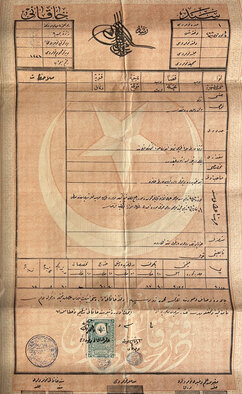
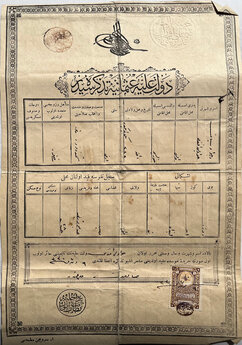
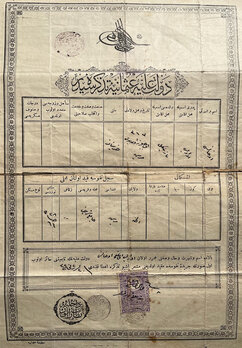
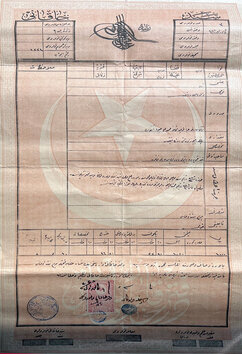
The informations were extracted from the documents and translated by Kevork Kevork Yazedjian.
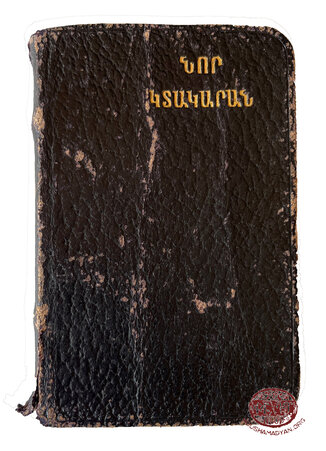

Narin Jazmadarian (1882-1956)
Narin Der Avedissian (nee Jazmadarian) was Sarkis’s paternal grandmother. She was born in the city of Gesaria (Kayseri). Her father’s name was Aharon, and her mother’s name was Maritsa (nee Zelveyan, 1862-1932). In 1899, when Narin was 19 years old, she married her teacher, Avedis Der Avedissian, in Mersin. They had three sons, one of whom was Sarkis’s father, Onnig (1900-1980), who was born in Mersin. The couple’s other sons were Jirayr (1909-1986, born in Mersin) and Diran (1916-2009, born in Darson). Narin was known for her kindness and her caring nature, and especially for her spirited prayers. She had two brothers – Sarkis (born in 1893) and Diran (born in 1895). Diran was killed during the Genocide, while Sarkis died in 1924.
Works of embroidery by Narin Der Avedissian (nee Jazmadarian) and Haigouhi Der Avedissian (nee Asilian). Photographed by Aileen Der Avedissian.

Onnig Der Avedissian (1900-1980)
He was born in the Ottoman Empire, in the city of Mersin, in 1900. After receiving primary education at a local Armenian school, he received his higher education at the French College in the city of Darson.
After the end of the First World War, when French forces occupied Cilicia, Onnig became a süvarı, or a mounted policeman, in Mersin. But after a short time, it became apparent that France had no intention to remain in charge of Cilicia or to stop the advance of the Turkish forces led by Mustafa Kemal. Onnig emigrated to Cyprus in 1920 and began working as miner for the Asbestos Mining Company in Amiantos. Onnig’s parents and brothers joined him in Cyprus a year later, in 1921.
In 1926, 26-year-old Onnig left for Beirut. There, he visited the Kelegian Orphanage of the Armenian General Benevolent Union (AGBU), where he encouraged the young men to apply to the courts for permission to marry young orphan girls. Onnig fell in love with 18-year-old Mary Dinkdjian and married her, with the blessing of the orphanage’s administration and educational council. He then began working for the Land Survey Service (Cadastre) in Beirut, traveling eight miles per day. Onnig and Mary’s first child, Sarkis, was born in Beirut in 1930.
The couple faced new financial challenges when their second son, Dikran, was born in 1933. Unable to make ends meet and care for their children, in 1934 the family decided to return to Cyprus. Mary and the children traveled first, and Onnig followed them a year later. Onnig’s parents and brothers, Jirayr and Diran, had already settled down in Cyprus. Onnig and Mary’s third son, Sebouh, was born in Cyprus in 1942.
Onnig’s life in Cyprus was challenging, as he spoke neither Greek nor English, and did not practice a particular trade. Fortunately, thanks to his resourcefulness, Onnig was able to bring an innovation to Cyprus, a new method to style women’s hair, “perm.” Onnig was successful in marketing this trend despite initial reservations in the generally restrained Cypriot society. Later, he was hired as part of the workforce that built a second airport in Cyprus, after which he began working for the Navy, Army and Air Force Institutes (NAAFI) of the British Army. Within NAAFI, he achieved the rank of corporal, thanks to which he traveled to Palestine and Port Said (Egypt), where his experienced difficult conditions, including being quarantined during a cholera epidemic.
After returning to Cyprus in the late 1940s or early 1950s, Onnig actively participated in community activities, continuing his family’s tradition. In later years, he worked for the company owned by the family of Melik and Hayrabed Melikian, and retired in the mid-1970s.

Sarkis Der Avedissian (1930-2017)
Sarkis was born in Beirut, on December 21, 1930. He received his primary education at the Melikian-Ouzounian Primary School in Cyprus. In 1944, he began attending the English School in Nicosia, from which he graduated six years later. He was the captain of the school’s football team for six years in a row, achieving excellent results and winning many trophies.
In 1950, Sarkis began a career with the Cable & Wireless Company. He continued playing football on the Armenian Youth Organization (AYMA) football team, which played in the highest Cypriot league. In the mid-1950s, the Cable & Wireless Company sent Sarkis to the United Kingdom, to receive additional training at Cornwall College. At this college, Sarkis specialized in radio sets. He returned to Cyprus in 1960 and began working in the radio industry.
Sarkis married Haigouhi Asilian (1944-2003) in 1964. They had three sons – Onnig (born in 1965) and the twins Hagop and Hratch (born in 1969). Haigouhi was an employee of the British High Commissioner’s Office. She and her sisters were members of the Armenian church choir.

Jirayr Der Avedissian (1909-1986)
Jirayr was Avedis and Narin’s other son (Sarkis’s brother). He was born in Mersin, in 1909. He attended the Melikian School in Nicosia, and played tuba in the same institution’s marching band. He continued his studies at the English School of Nicosia. At the time, the Melikian marching band was the only one in Cyprus. It would perform during various ceremonies, Cypriot police parades, and other events.
Jirayr opened a grocery shop on Victoria Street in Nicosia. He was forced to close it after the economic collapse of the ensuing years. In 1939, he joined the Cyprus Regiment of the British Army. He was deployed to Egypt, Libya, and Italy. After the end of the Second World War, he returned to Cyprus and worked for the meteorological service. He was also one of the leaders of the Armenian Youth Organization of Cyprus.
Jirayr Der Avedissian married Mary Iskenderian in 1950. The couple had two children, Hrayr and Avo. Jirayr died in 1986.

Diran Der Avedissian (1916-2009)
Diran was Avedis and Narin’s third son. He was born on October 31, 1916, in the city of Darson/Tarsus. He was five years old when his family moved to Cyprus in 1921. He received his primary education at the Melikian School of Nicosia. He was then sent to the Jarankavorats School in Jerusalem to continue his studies. However, his mother, Narin, unable to bear the separation, recalled him to Cyprus in 1933. Diran attended the English literature course offered by the British Council. He studied assiduously for three years, after which he received his diploma. In 1937, he began a new career, working for the Cable & Wireless company.
Diran was a member of the marching band of the Melikian School, led by Vahan Bedelian. He played baritone saxophone. He also played the same instrument in Yiangos Michaelides’s band. For many years, Diran was a member of the choir of the Holy Mother of God Armenian Apostolic Church.
In 1958, Diran married Araxi Dinkdjian (1927-1999), who was related to May Der Avedissian (nee Dinkdjian) from Beirut. The couple had two daughters, Sirvart and Hasmig. Diran died in 2009.
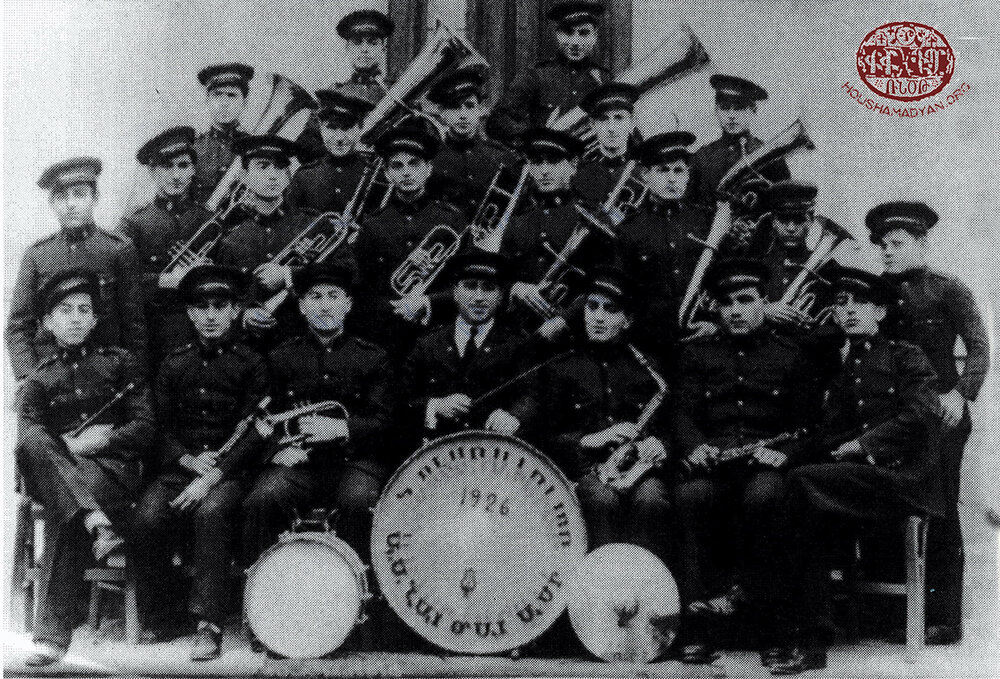
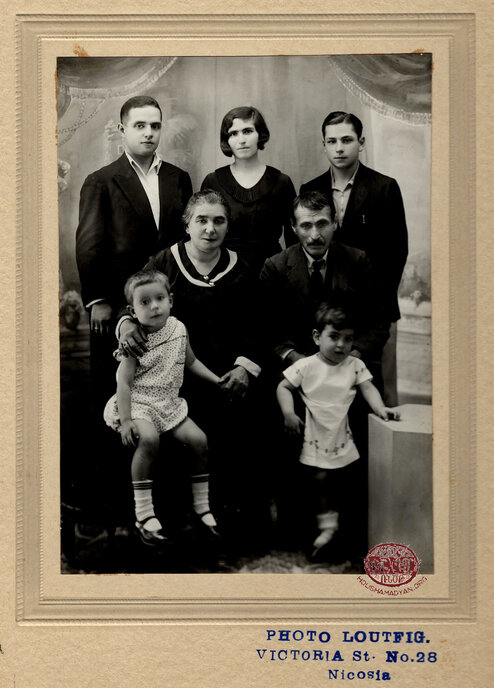
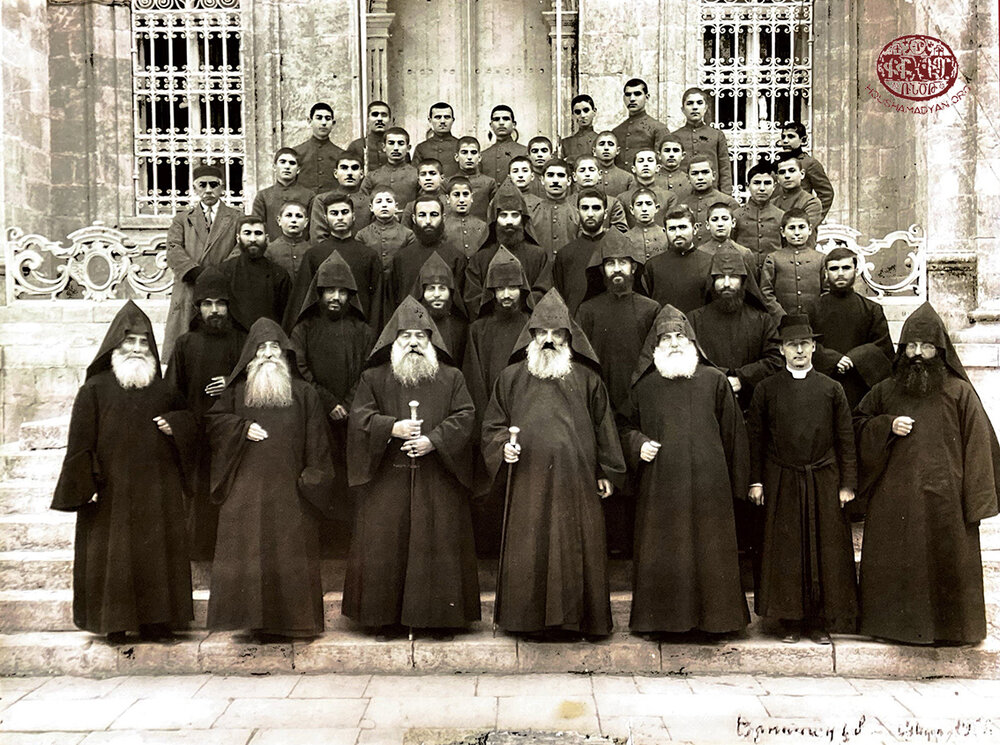


Khachadour Der Avedissian
Khachadour (1881-1956) was Avedis Der Avedissian’s brother, and was married to Veronica. The couple had two daughters and a son – Hripsime (born in 1921), Alice (born in 1923), and Krikor (born in 1924). This family, too, left Cilicia in 1921 and found shelter in Cyprus. Alice died at a young age. Veronica died in 1925. After his wife’s death, Khachadour married Verjin. They had two children – Sarkis (born in 1932) and Ani (born in 1936).
Khachadour was a master watchmaker.
Khachadour’s daughter, Hripsime, graduated in 1942 from the Melkonian Institute in Nicosia. She then married Sarkis Asilian. Sarkis was a well-known tailor by trade. The couple was blessed with three children – Haigouhi (who later married Sarkis Der Avedissian), born in 1944; Vera, born in 1946; and Setrag, born in 1948.
The Dinkdjian Branch (Diyarbakir/Dikranagerd)

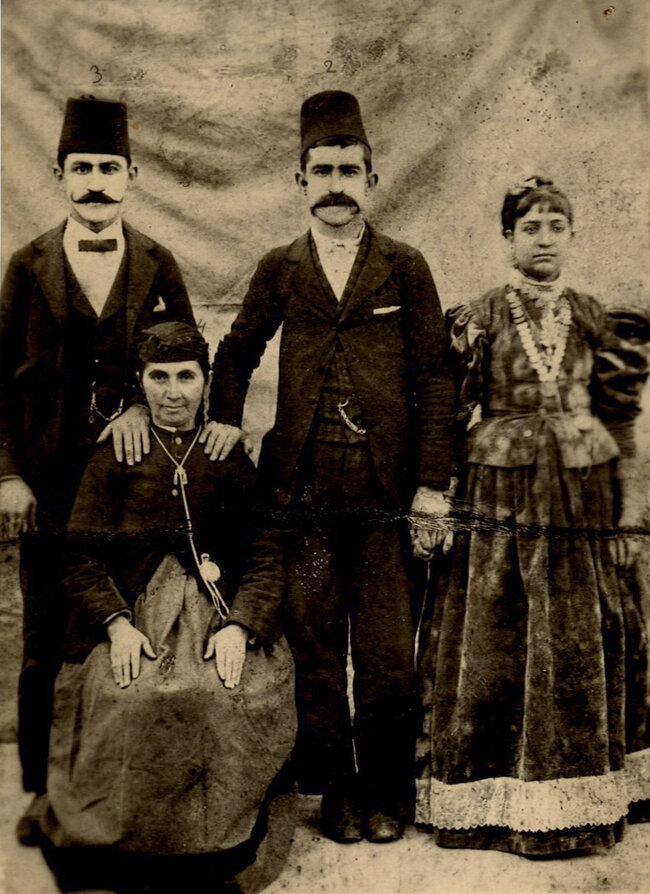

Mary Dinkdjian (1908-1983)
Onnig Der Avedissian’s wife and Sarkis Der Avedissian’s mother, Mary, was Hovsep and Yeghisapet Dinkjian’s daughter. The couple lived in Dikranagerd (Diyarbakir) and had six children – Mgrdich (died in 1956), Mihran (1907-1956), Mary (1908-1983), Nvart (1912-1960), Hagop, and Dikran. Hagop and Dikran died in infancy during the deportations of 1915-1916, Hagop from typhoid fever and Dikran from malnutrition. Hovsep and Yeghisapet also died during the Genocide. Mary, at the age of six, became an orphan alongside her sister and two brothers.
The orphans were probably first admitted into the Armenian General Benevolent Union (AGBU) Sisvan-Kelegian Orphanage in Dörtyol. They were later moved to the eponymous orphanage in Beirut. In the early 1920s, Mgrdich left for Soviet Armenia, intending to continue his studies there. But this would result in his permanent separation from his siblings. The only update they received from him was a letter written in 1924, in which Mgrdich informed them that he was going to marry a Russian girl named Loubina or Louba. After this letter, his siblings lost all contact with Mgrdich. Mary continued to hope for news from her brother – she asked anyone traveling to Armenia to look for him, and placed ads in newspapers, but all such efforts failed. In 1974, Sebouh, one of Mary’s sons, visited Armenia and after conducting various inquiries, discovered that Mgrdich had died in 1956.
Mary loved wool knitting and embroidery. Her greatest masterpiece was a tablecloth that she embroidered for the altar of the Holy Mother of God Church of Nicosia, which took her two years to complete.

Mihran Dinkdjian (1907-1956)
Mihran was born in Diyarbakir/Dikranagerd. Like his sister Mary, he spent time at the AGBU Sisvan-Kelegian Orphanage. After leaving the orphanage, he made a living by making and selling cardboard boxes. Later, he began transporting heavy machinery from Lebanon to Damascus and Aleppo. He married Ovsanna, and the couple had three children – Araxi, Shake, and Hovsep. Ovsanna died at a young age. Mihran married a second time, to Arousyag, who raised her husband’s three children from his first marriage with great maternal care.
Araxi, one of Mihran’s children, was born in 1927. She married Diran Der Avedissian. The couple had two children, Sirvart and Hasmig. Araxi’s sister, Shake, was born in 1929. In 1946, she married Kourken Saboundjian. The couple moved to Baghdad and had three children – Mihran, Anahid, and Silva.
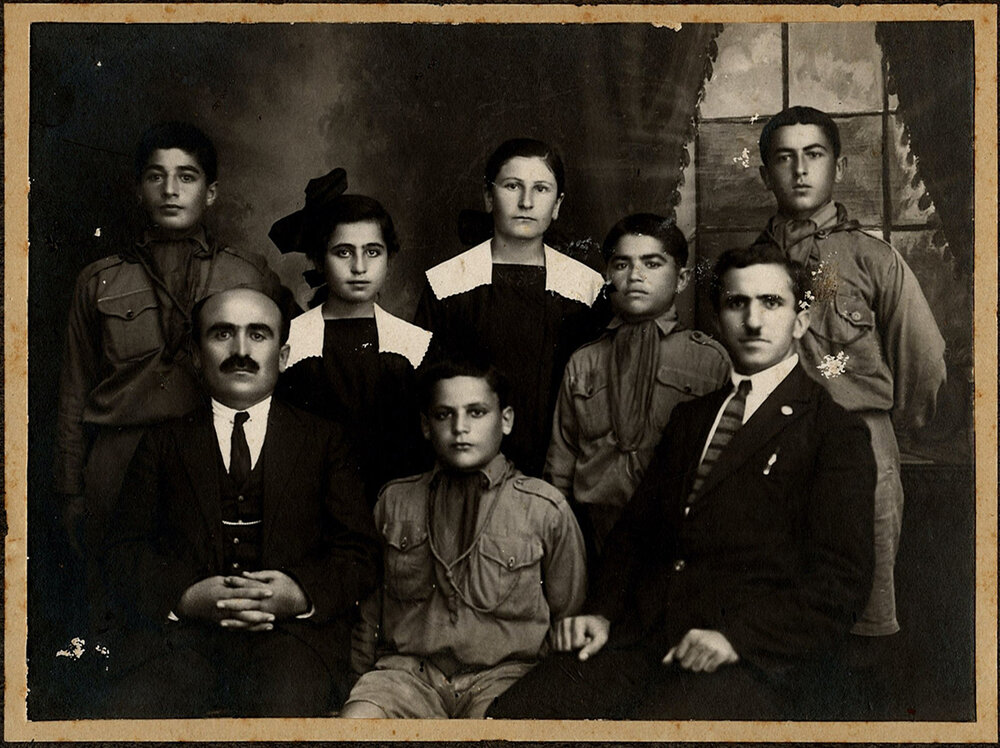

Nvart Dinkdjian-Mirzayan (1912-1960)
Nvart was the youngest of the surviving Dinkdjian children. In 1930, she married Haroutyun Mirzayan. The couple moved to Baghdad, and had three children – Armen, Arshag, and Arpine. Nvart died of cancer in 1960.


